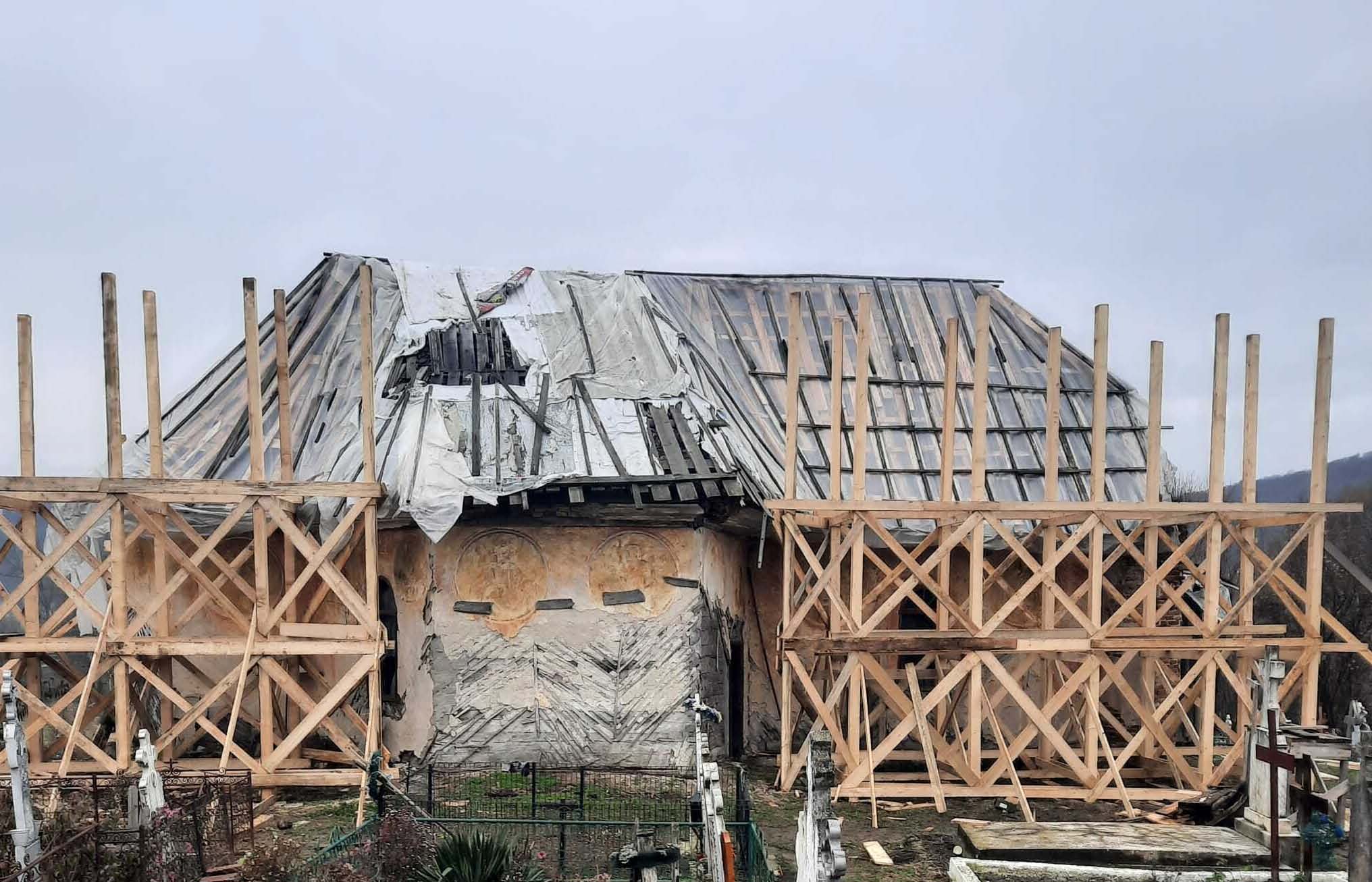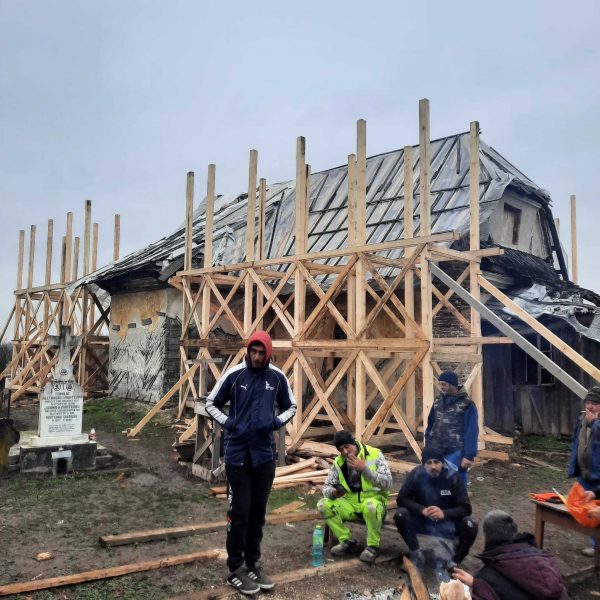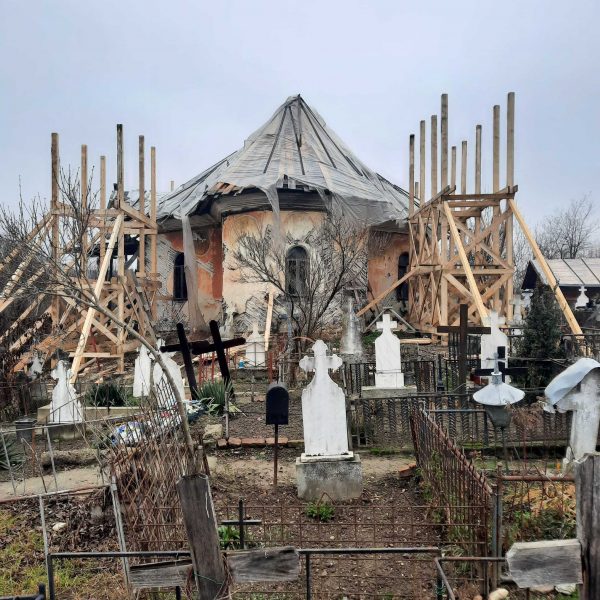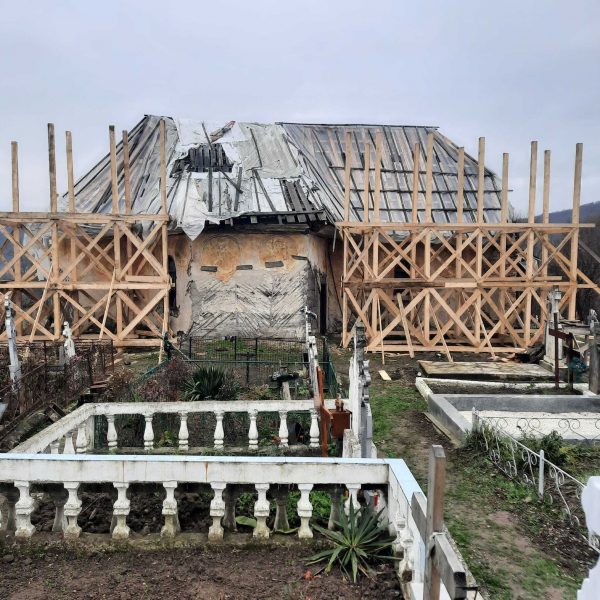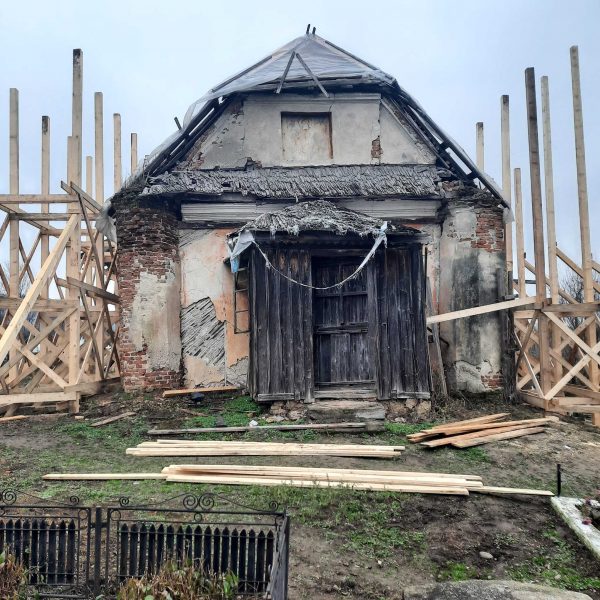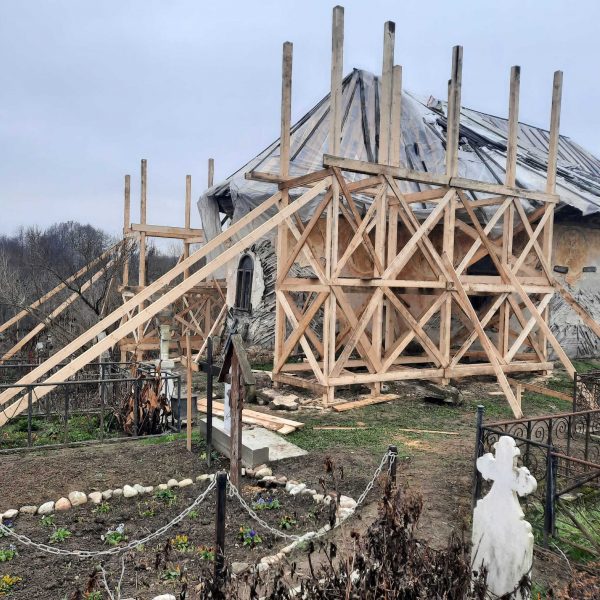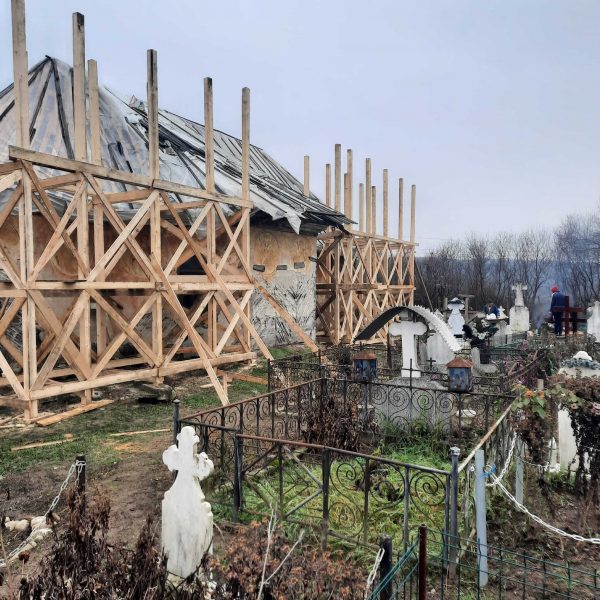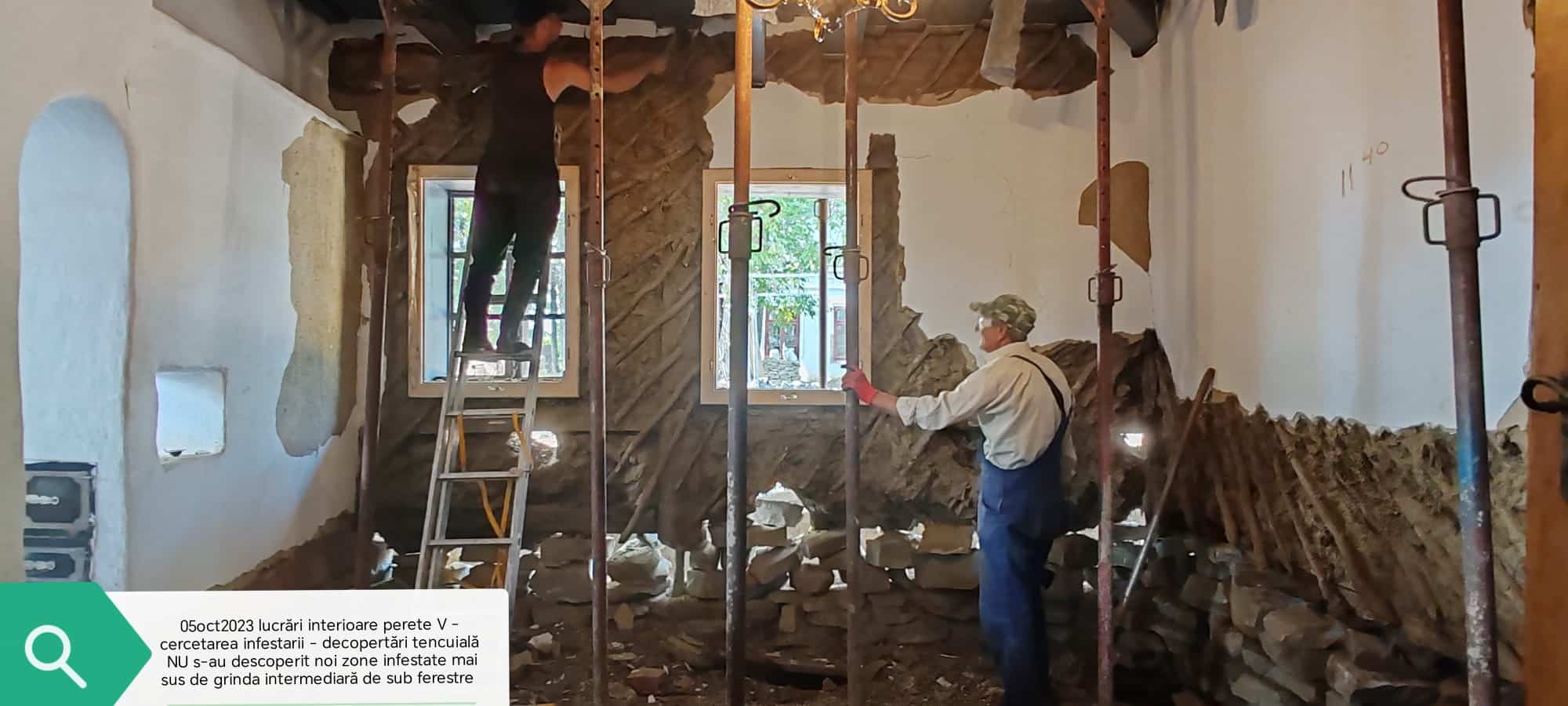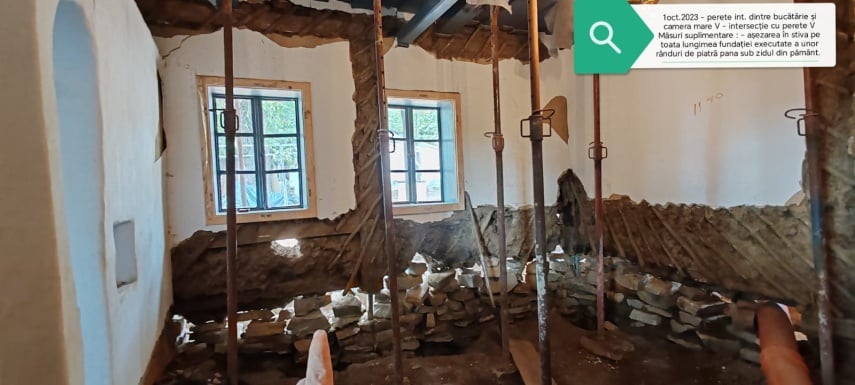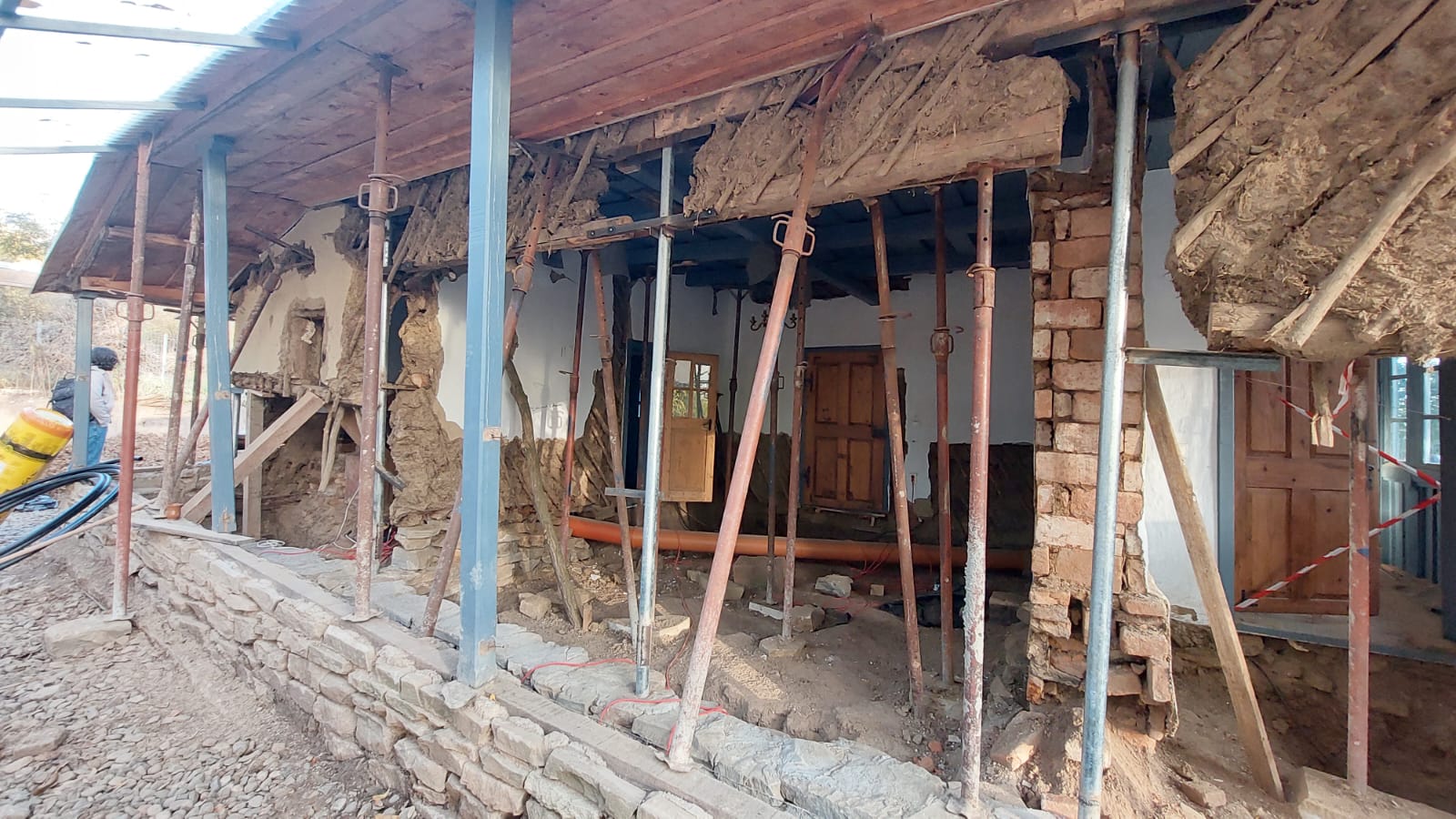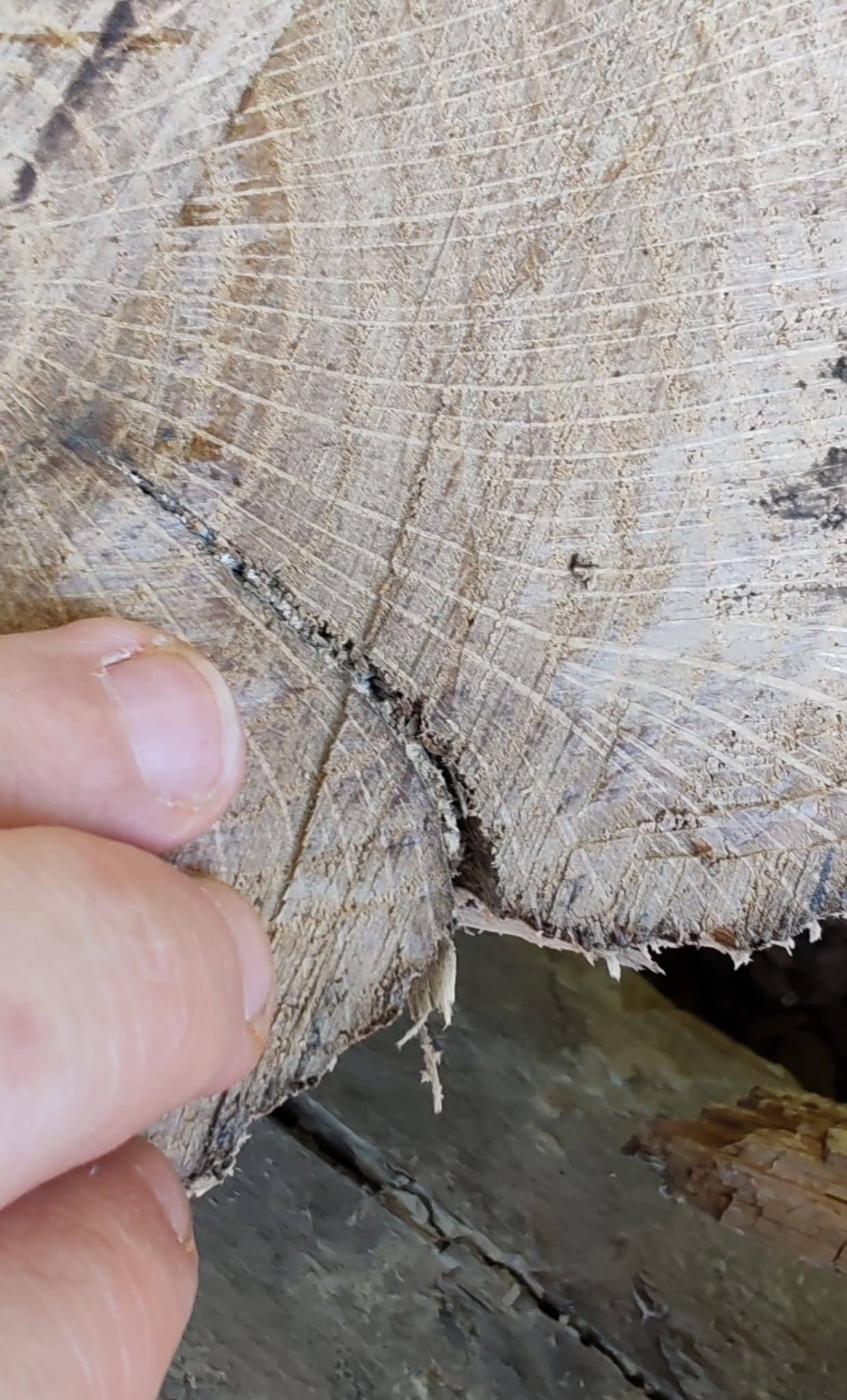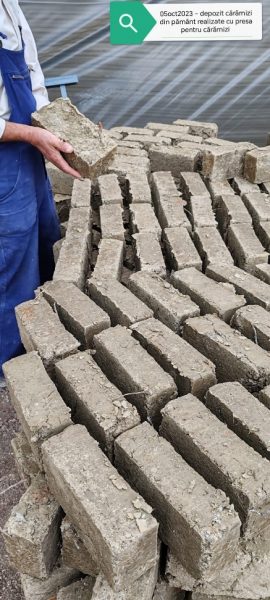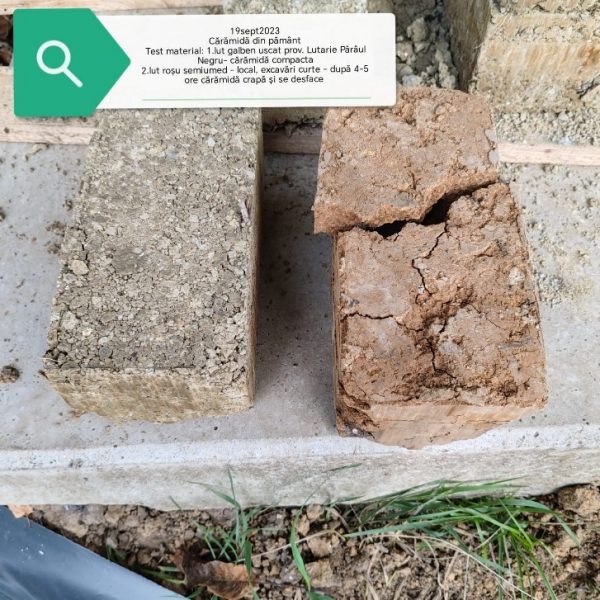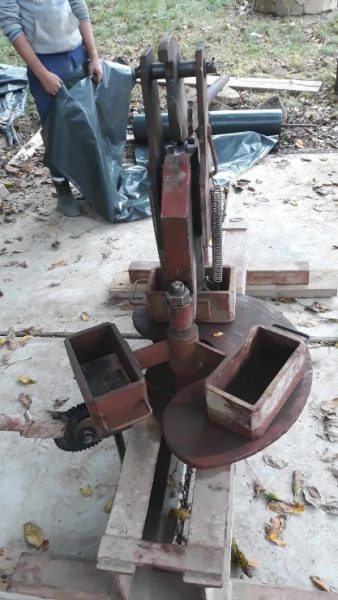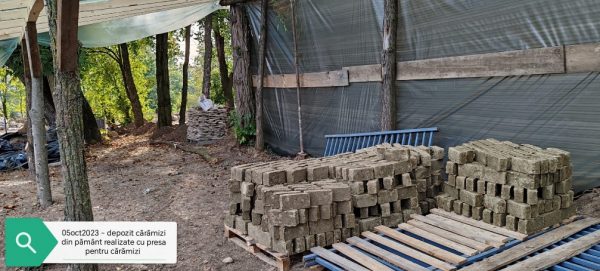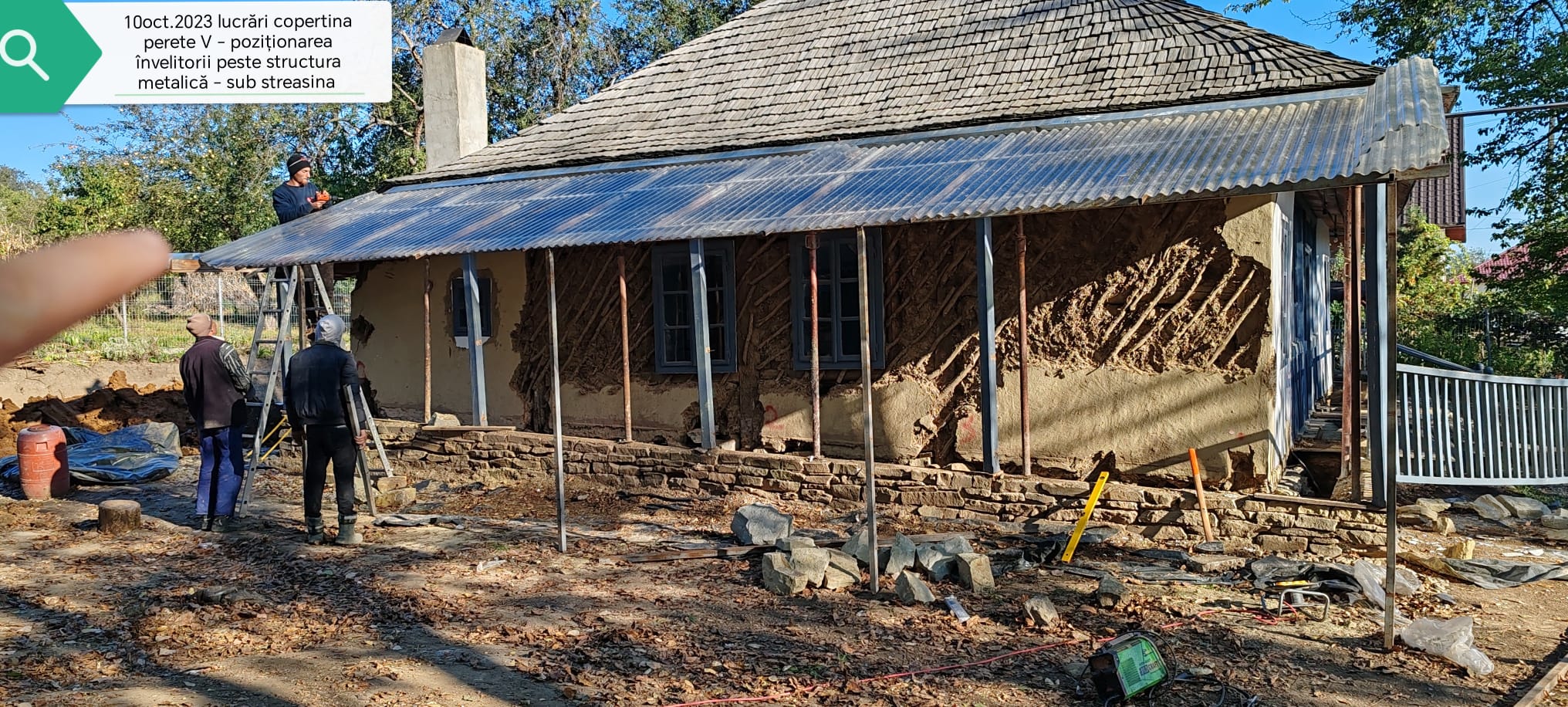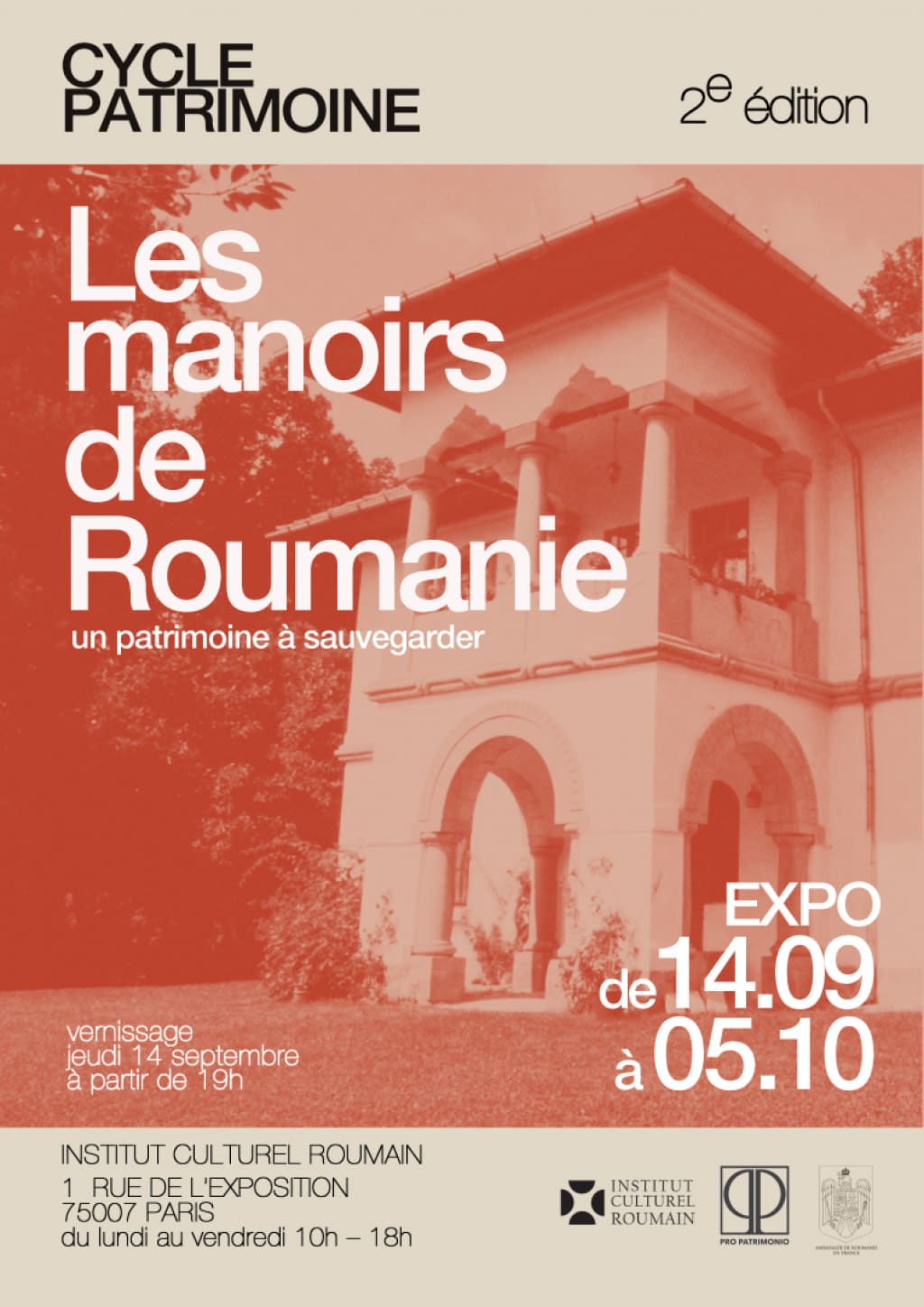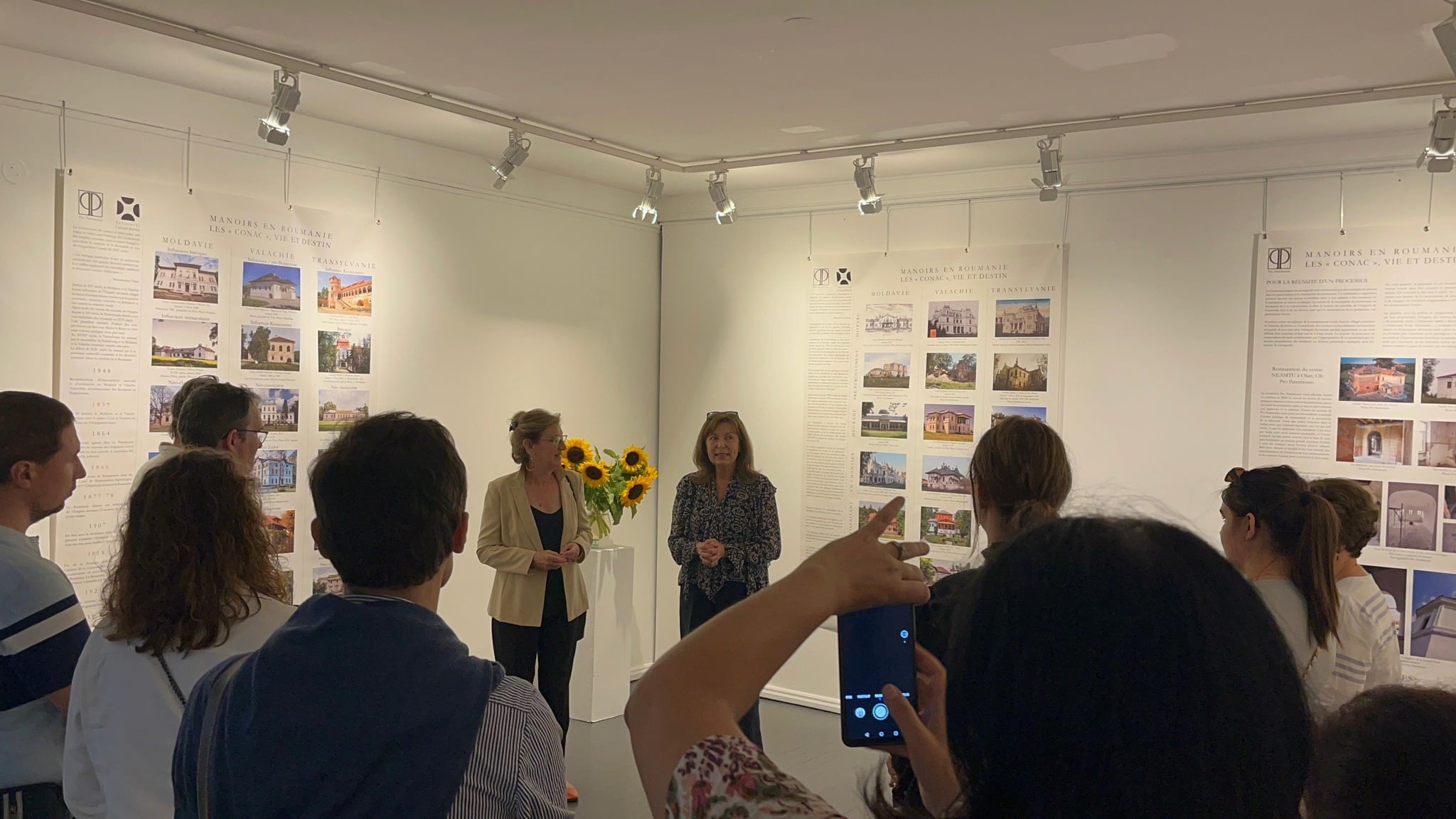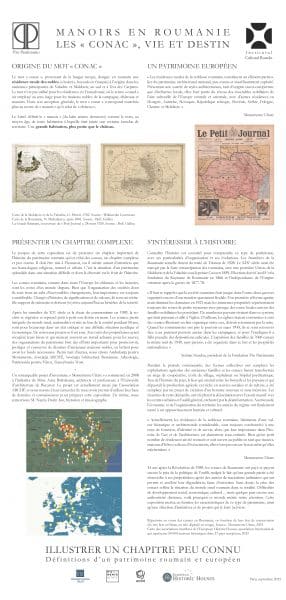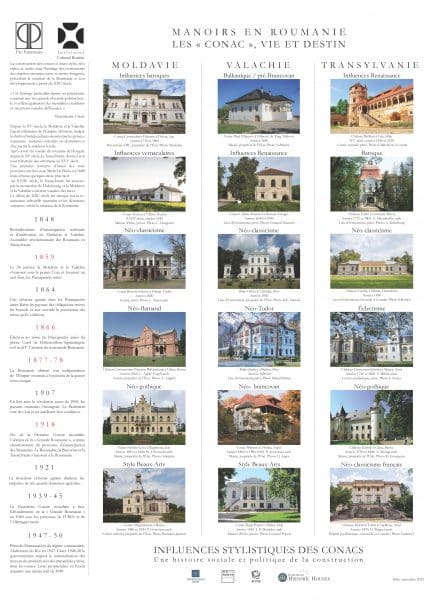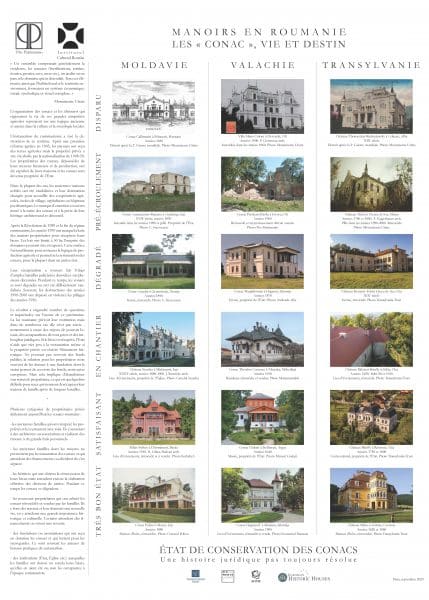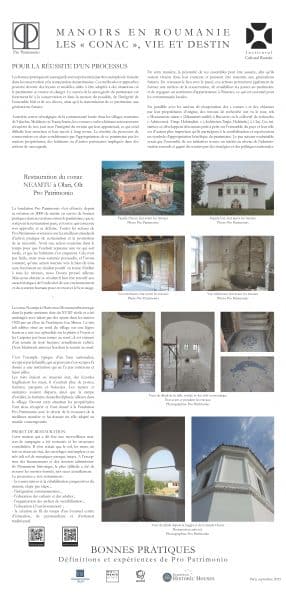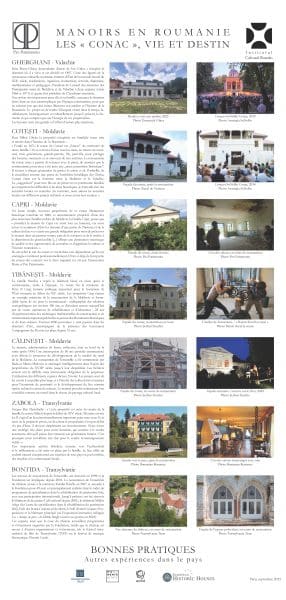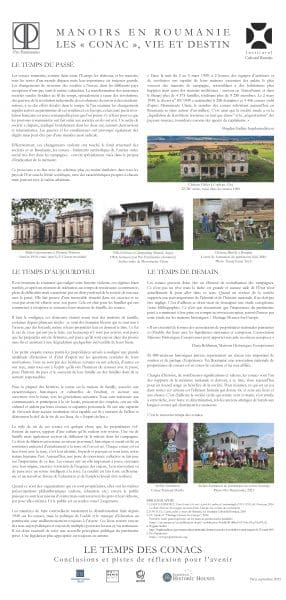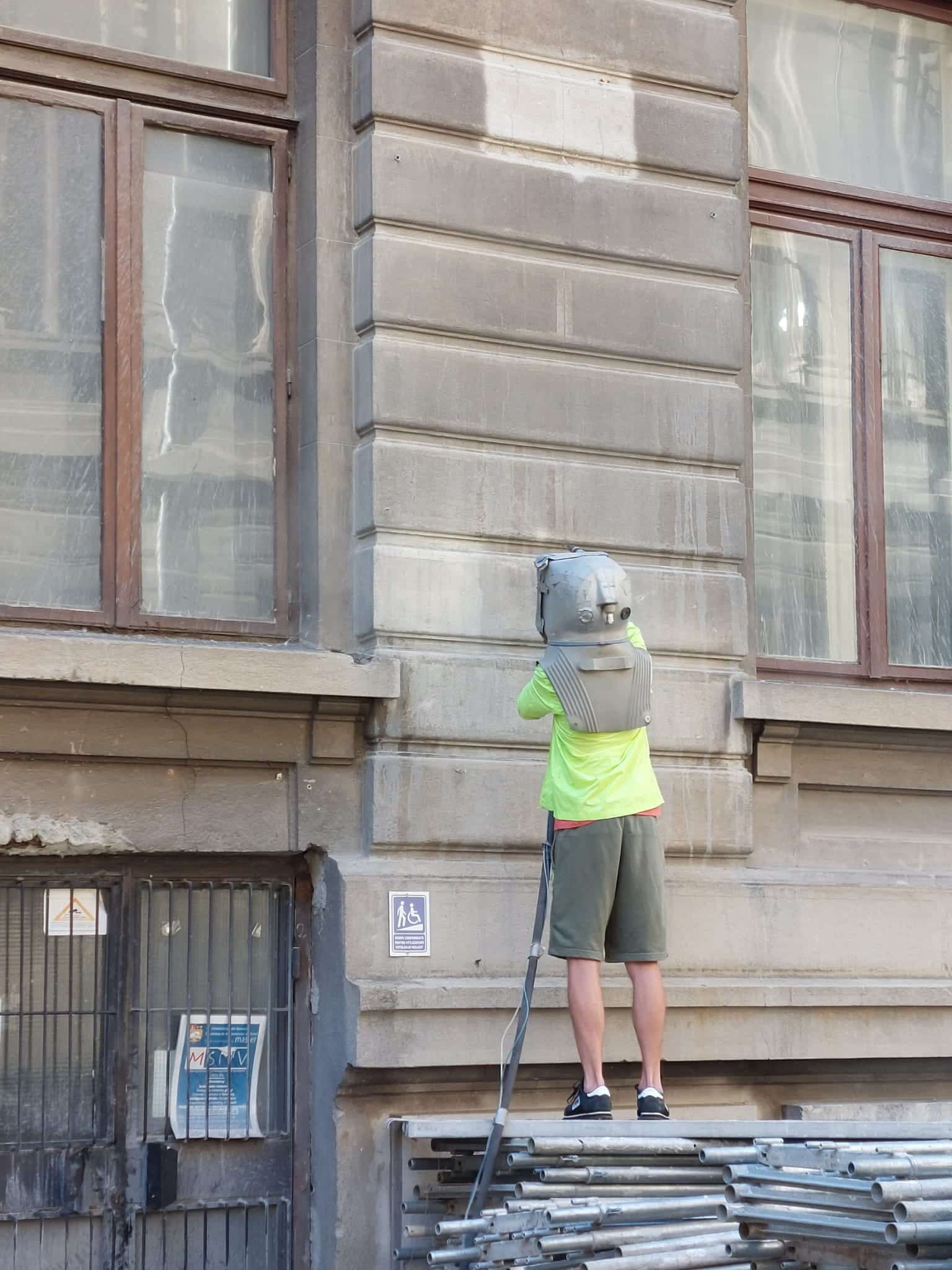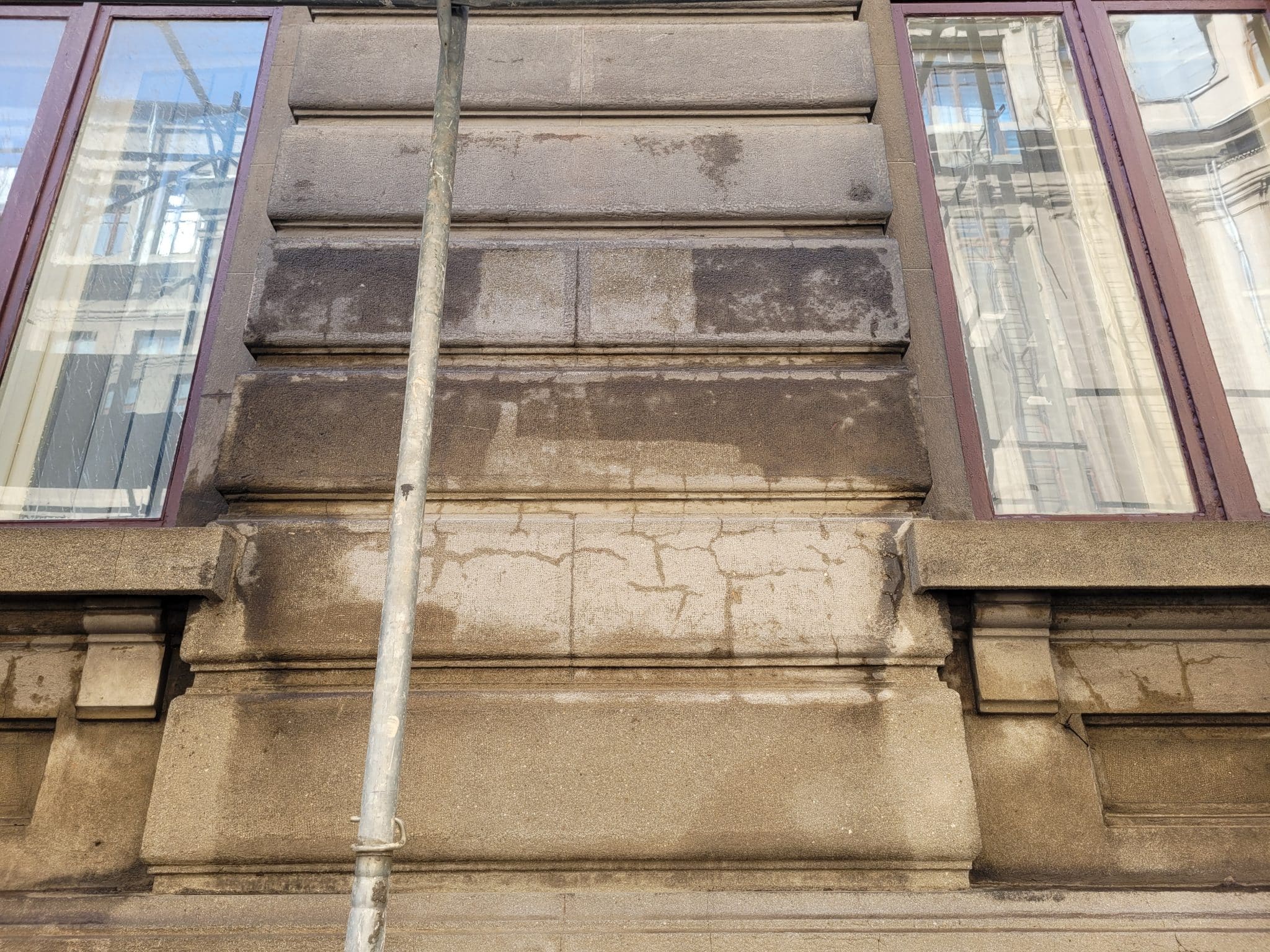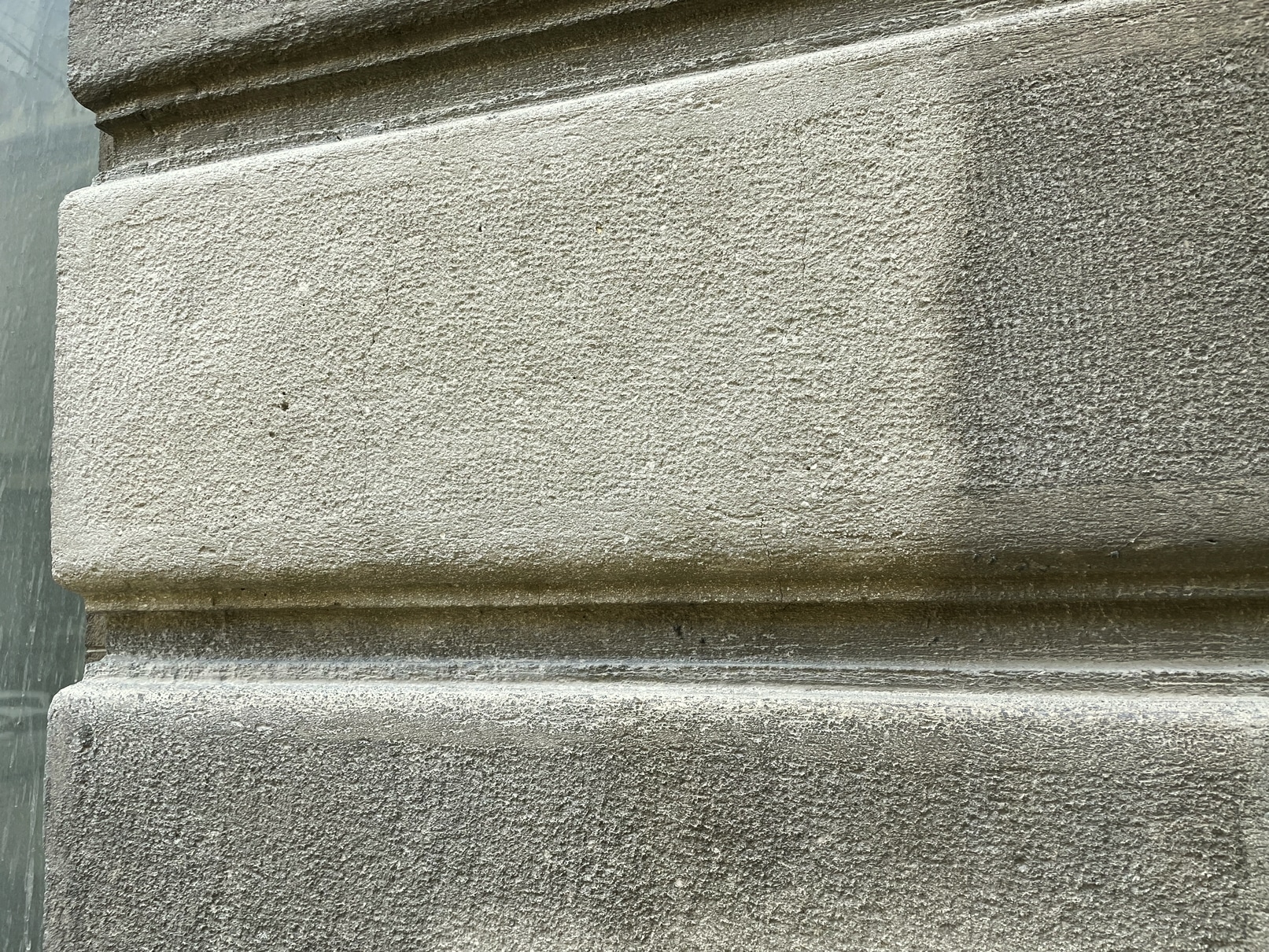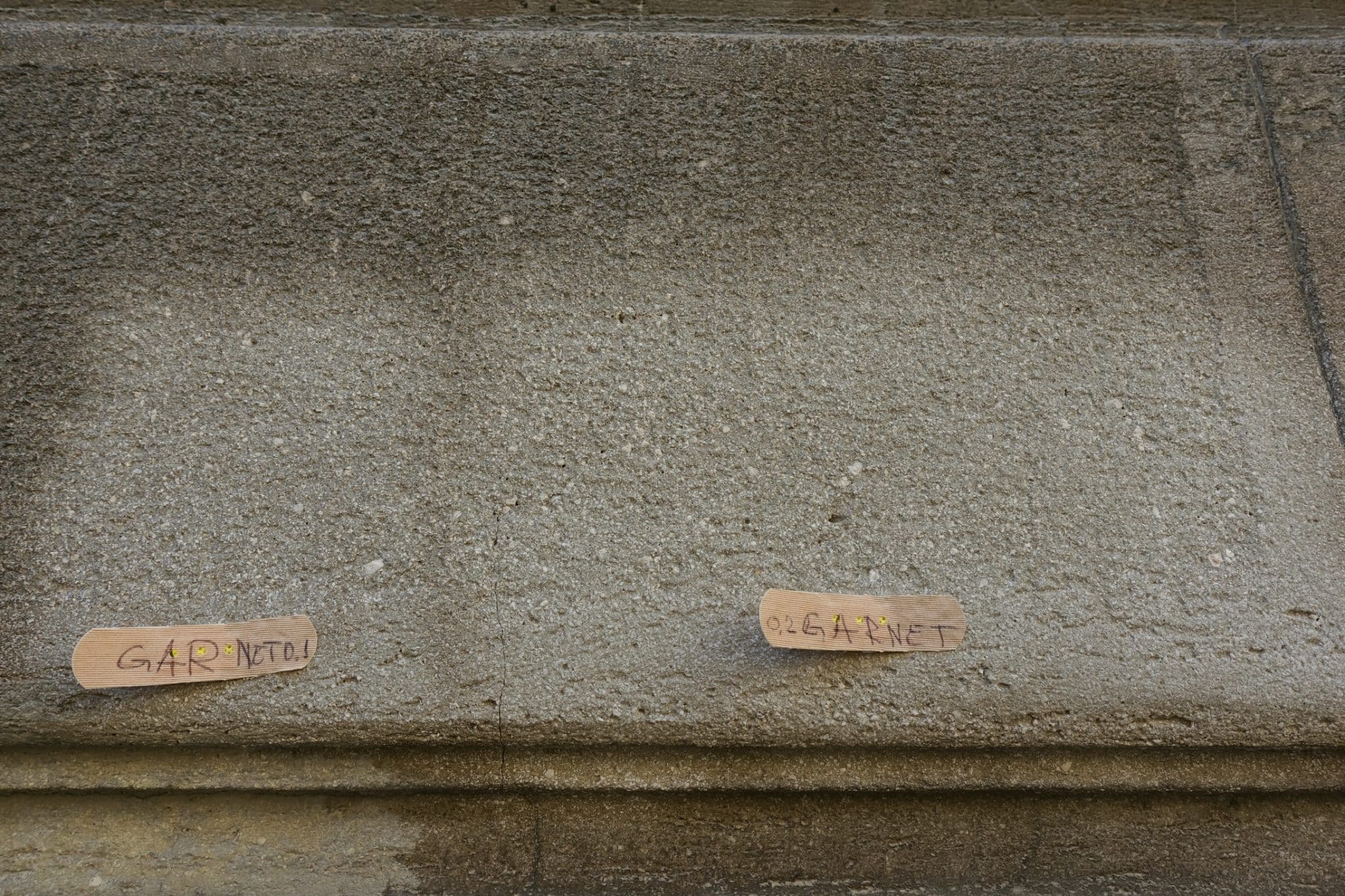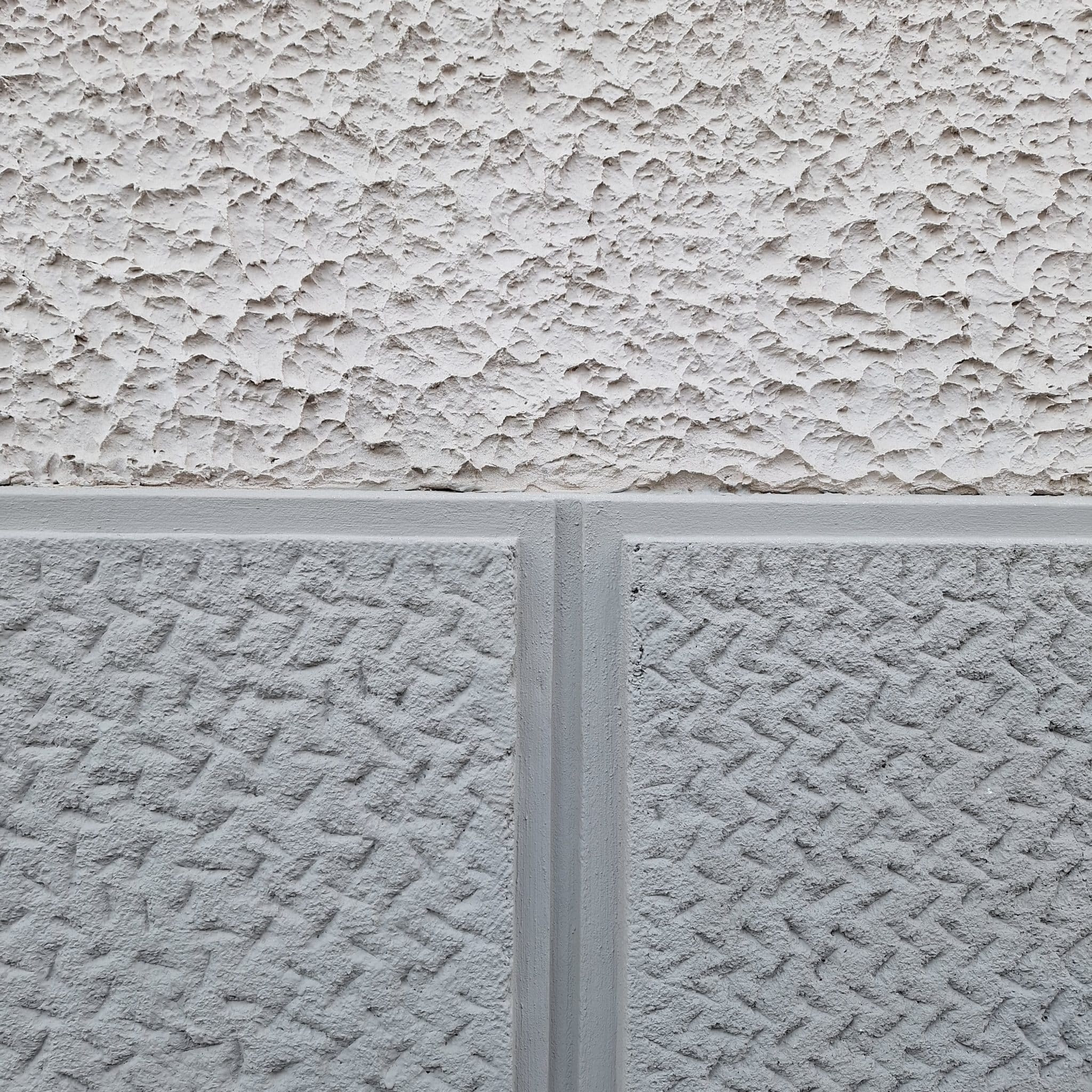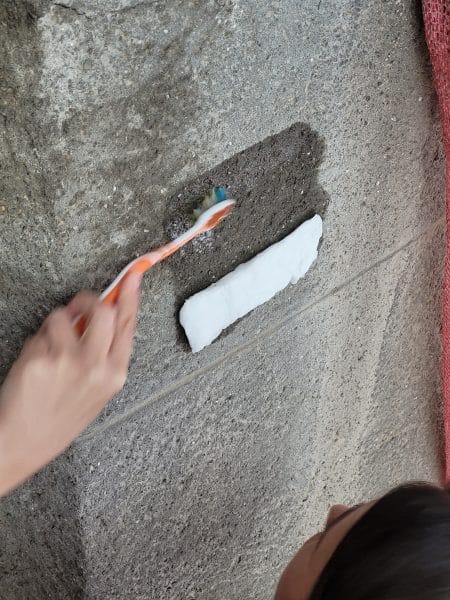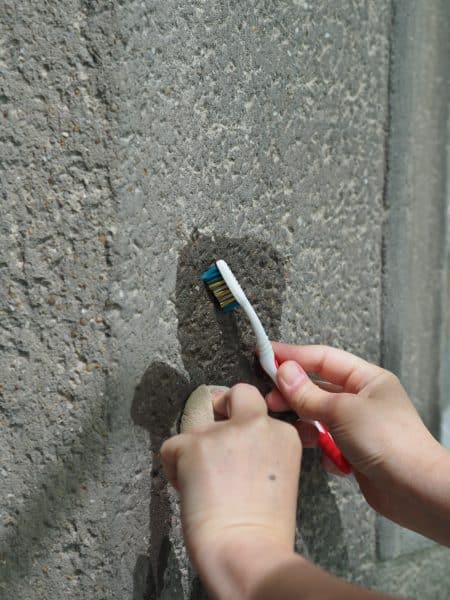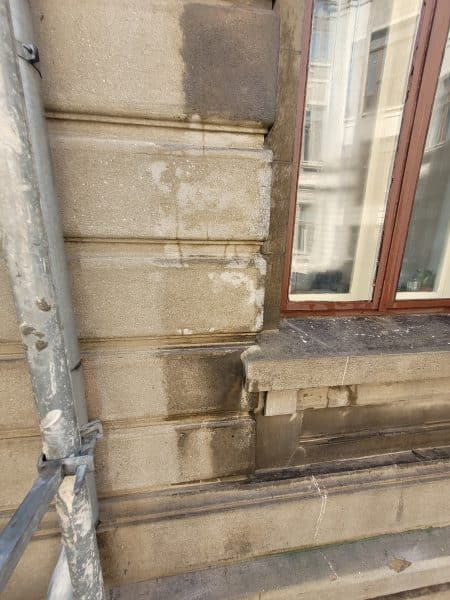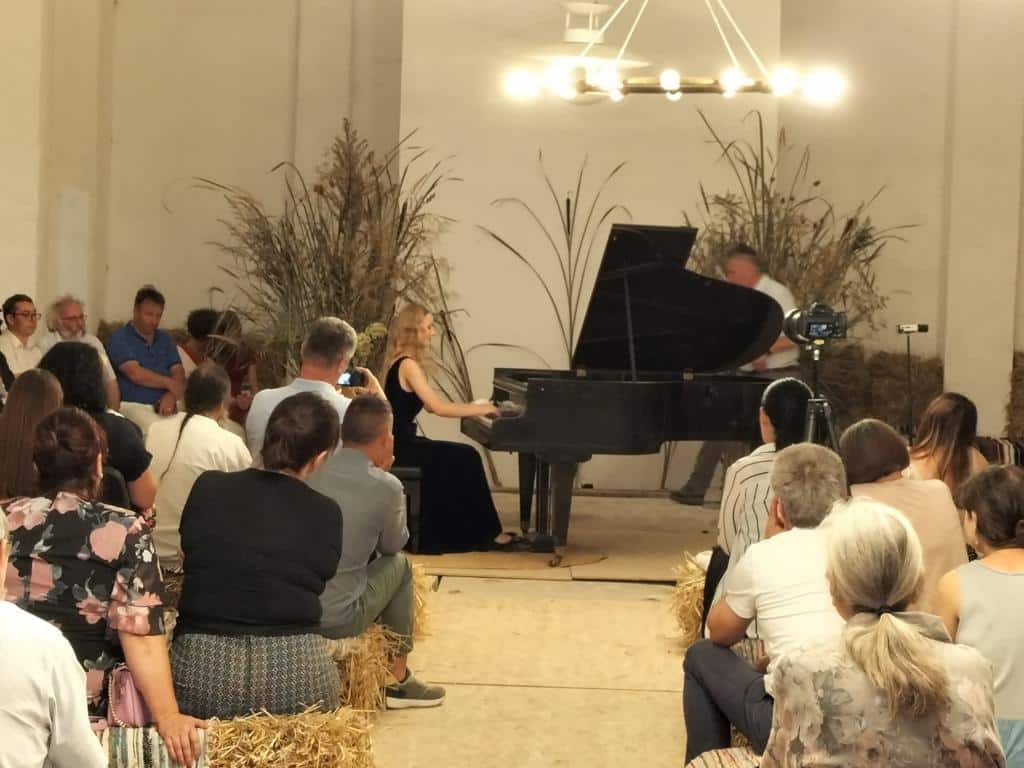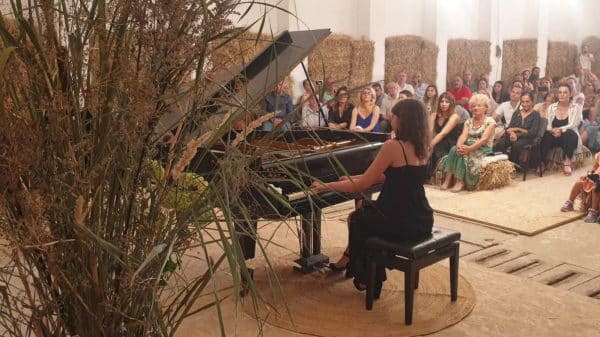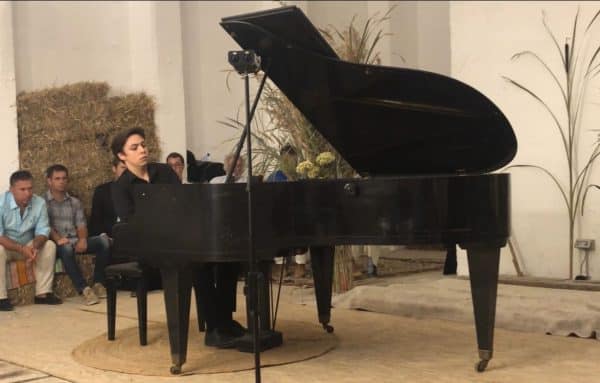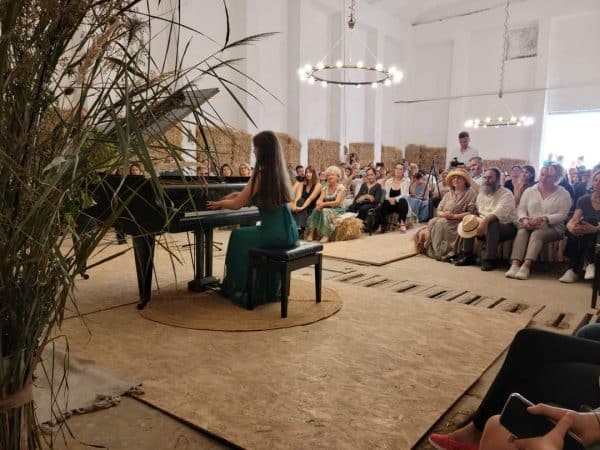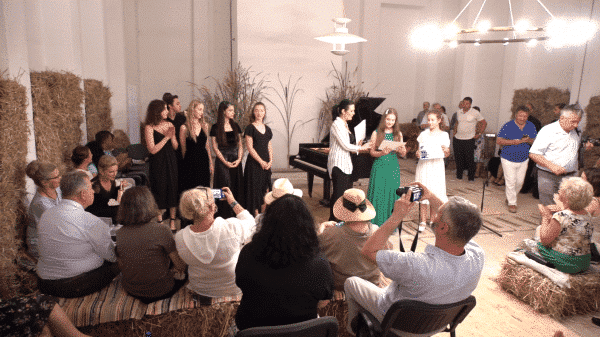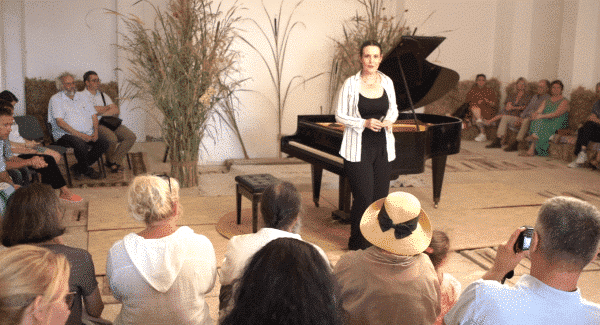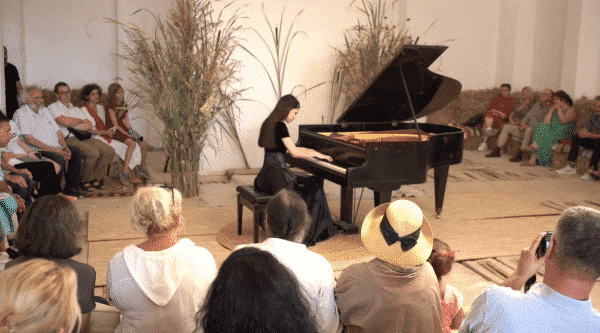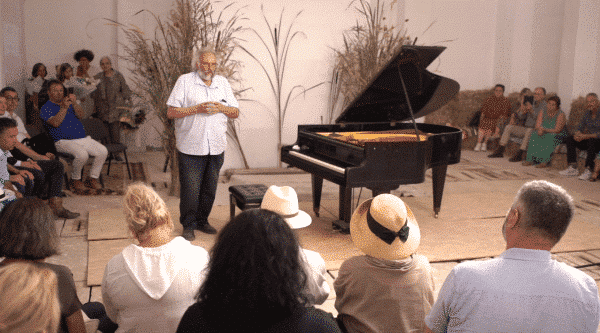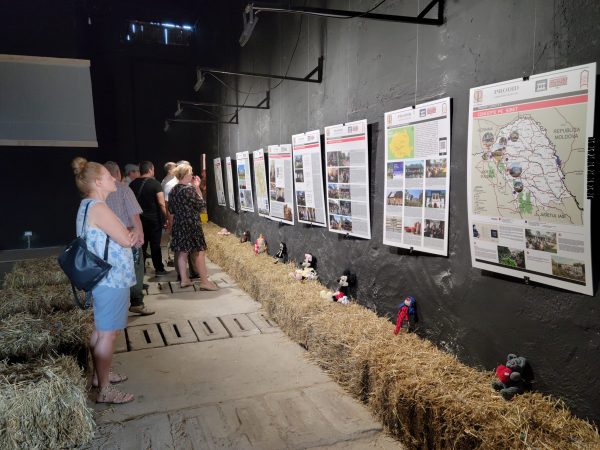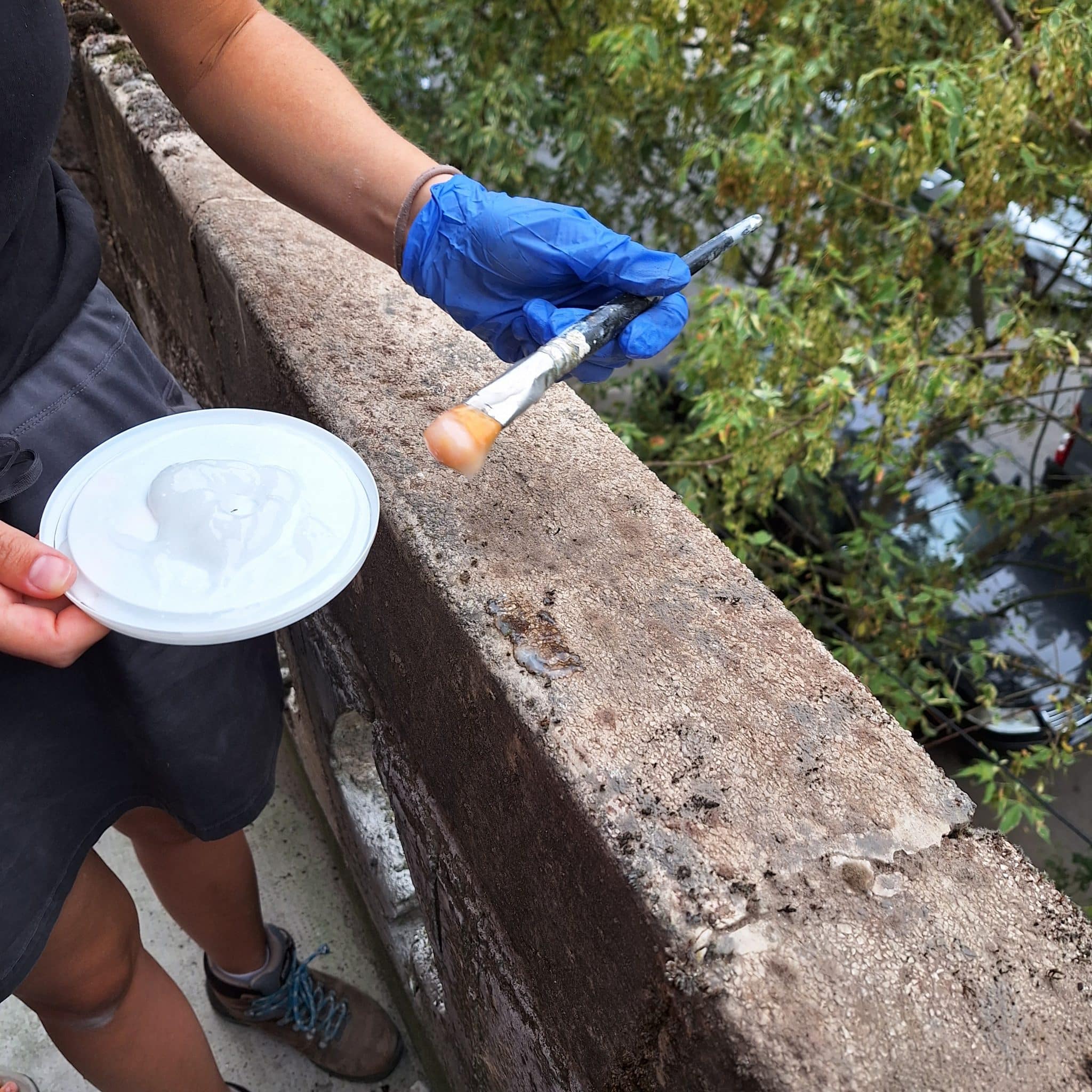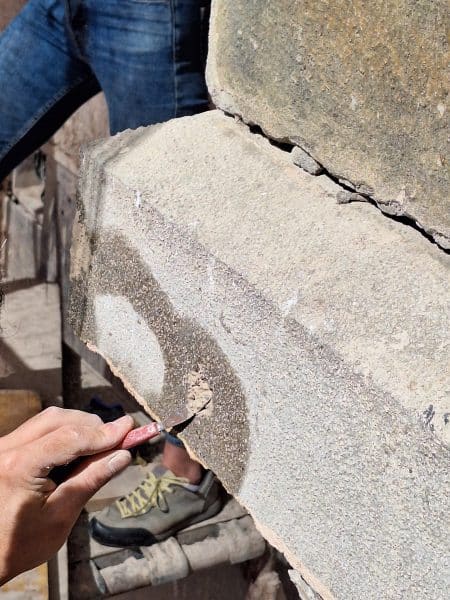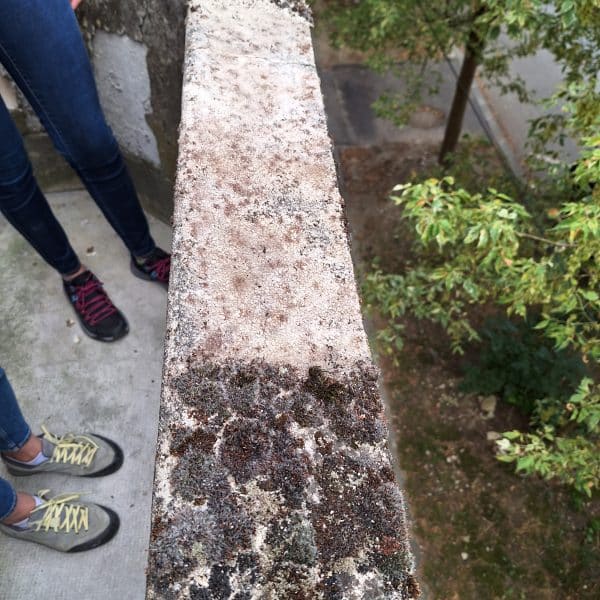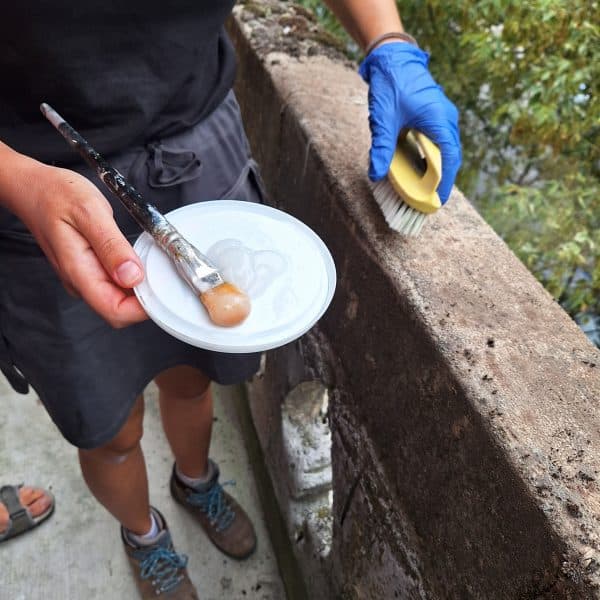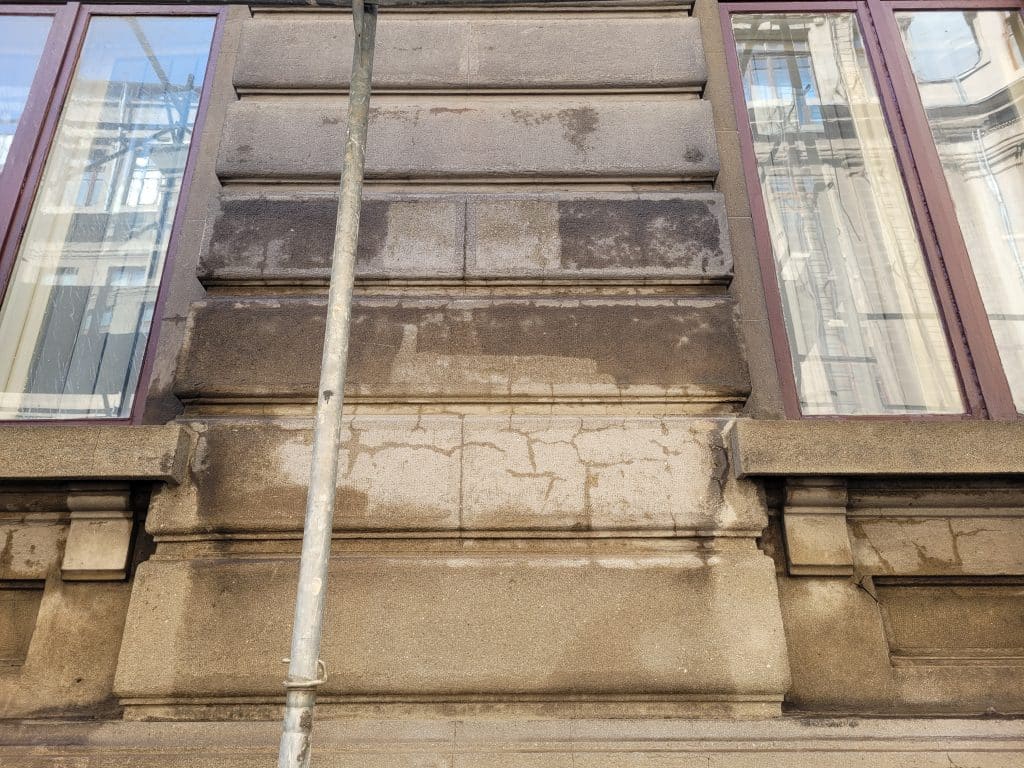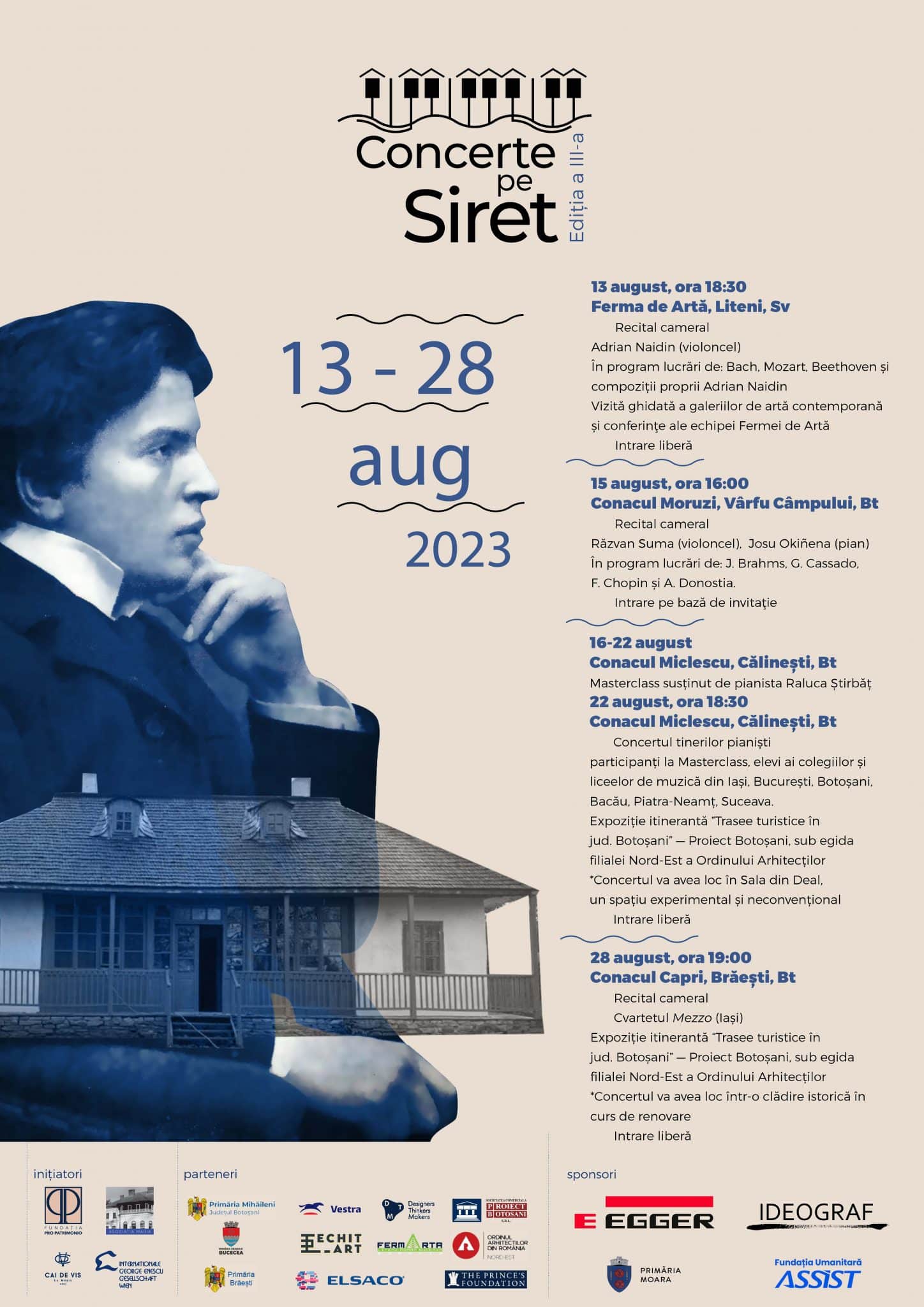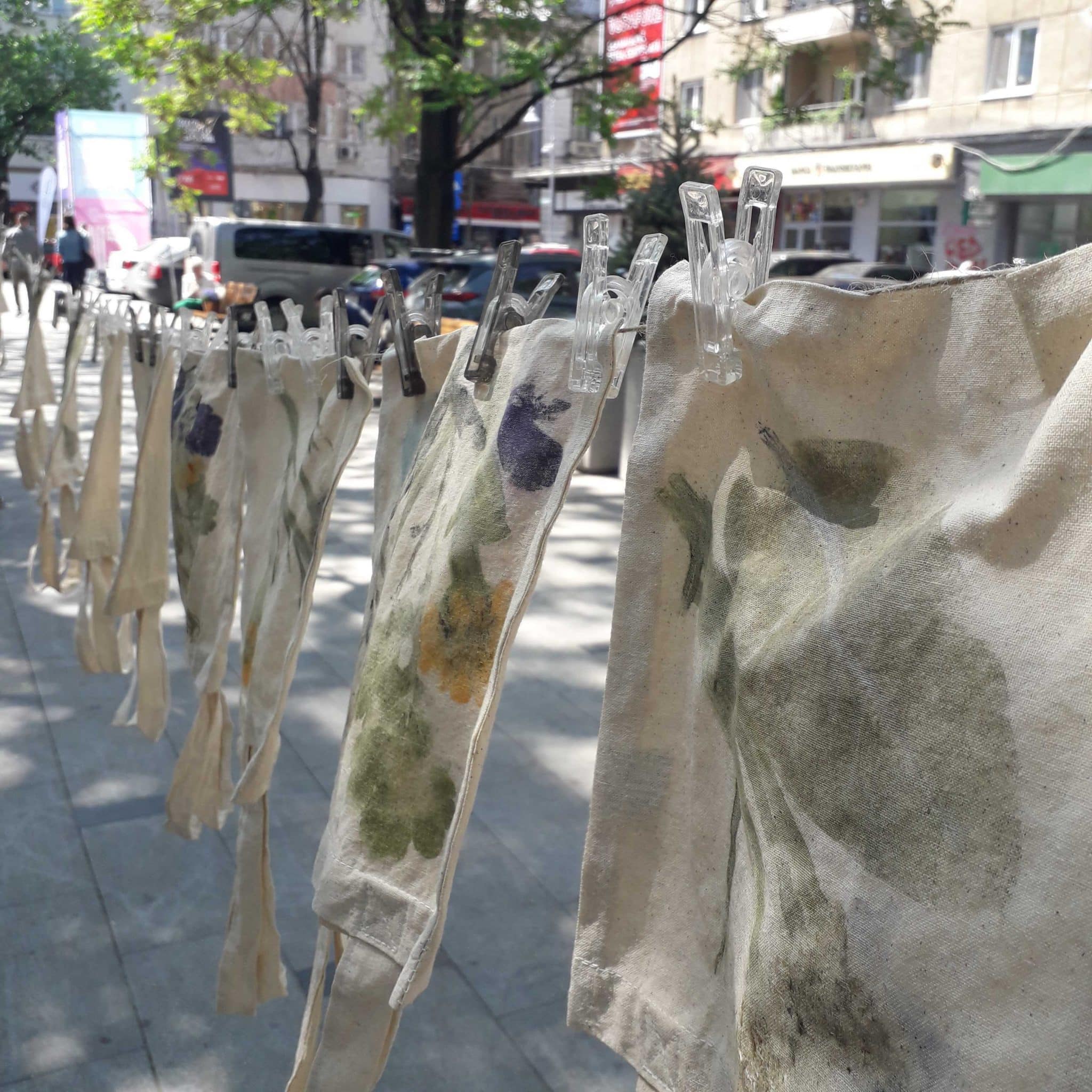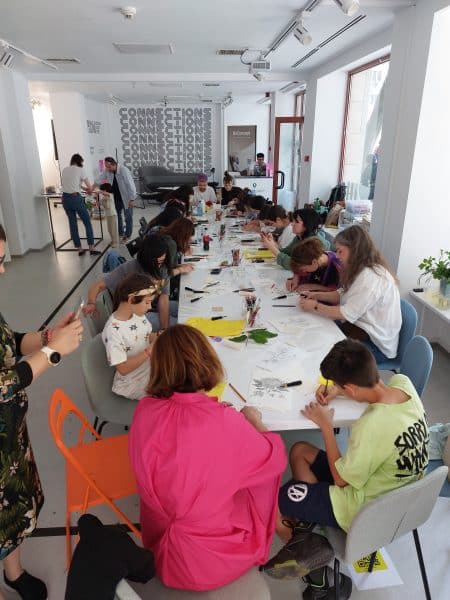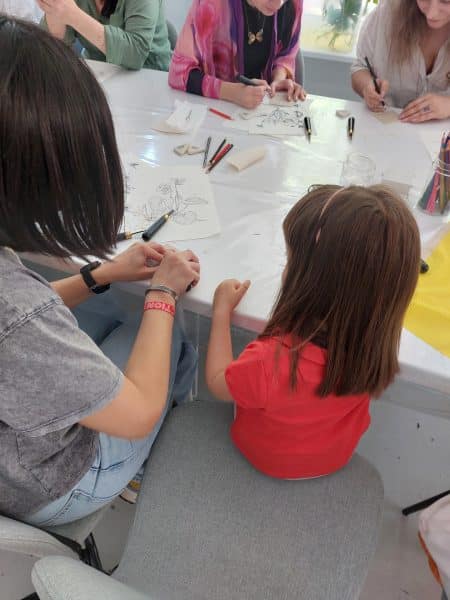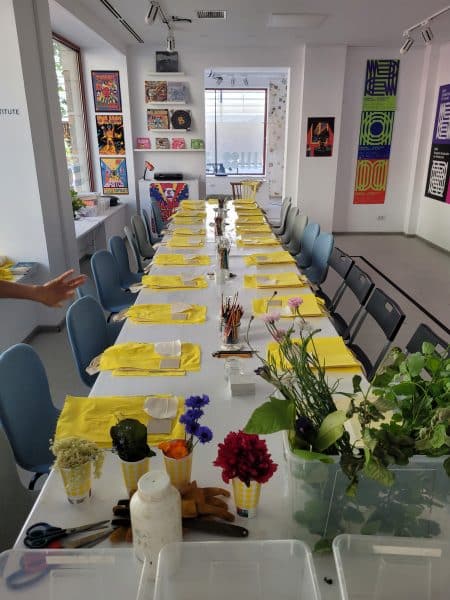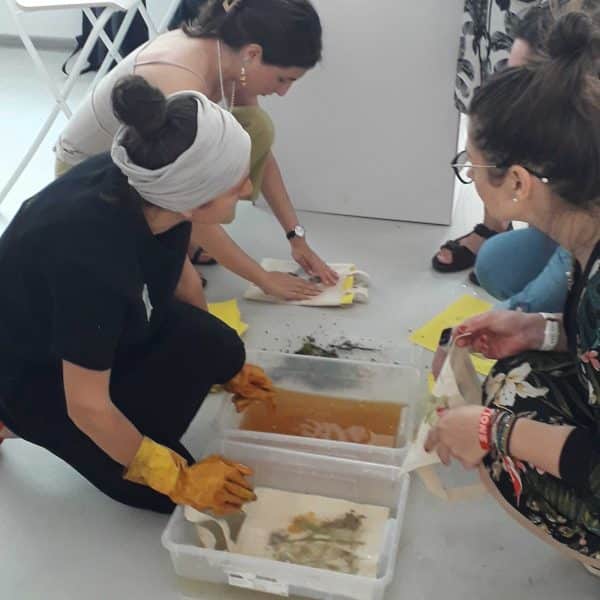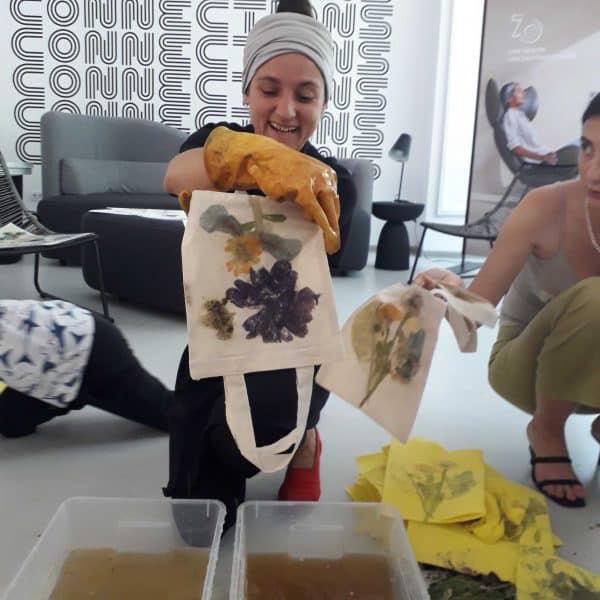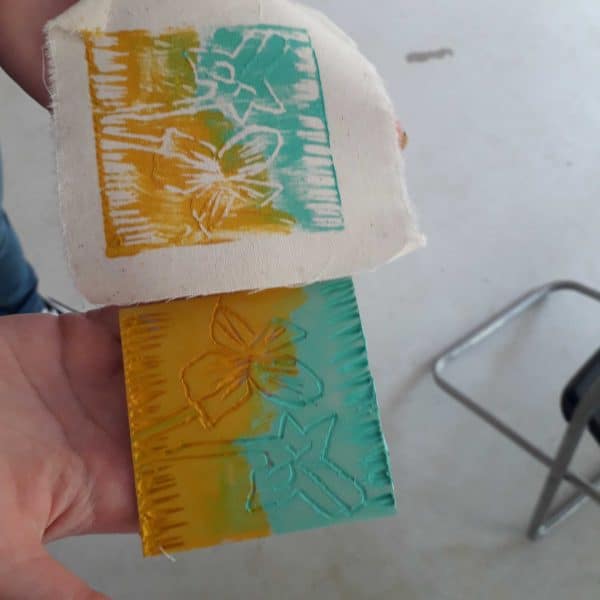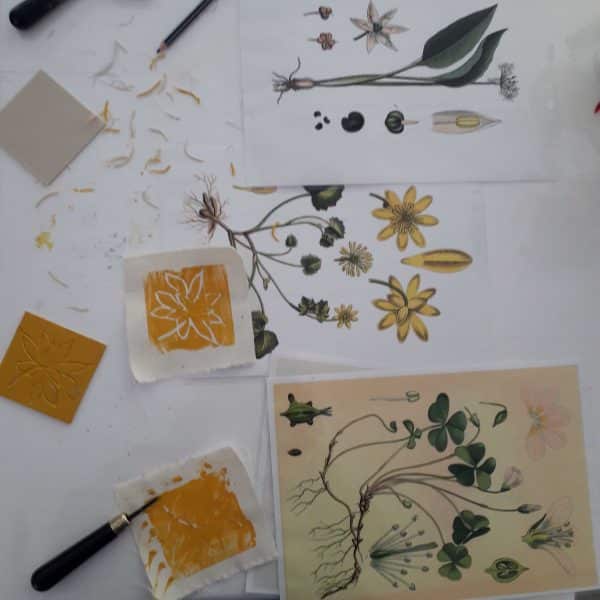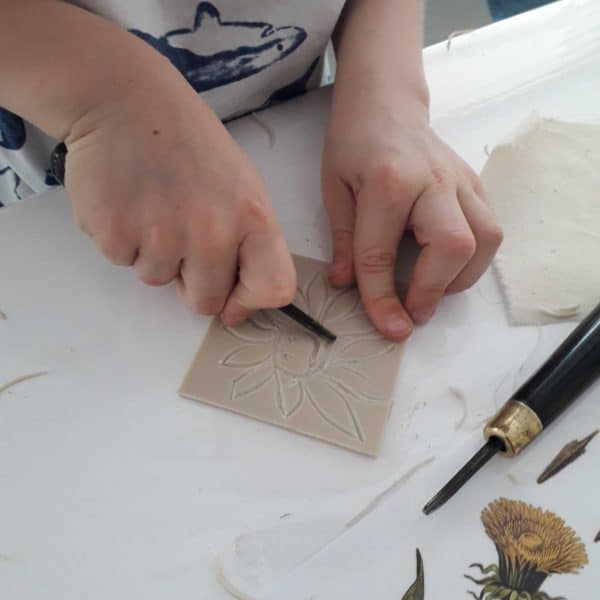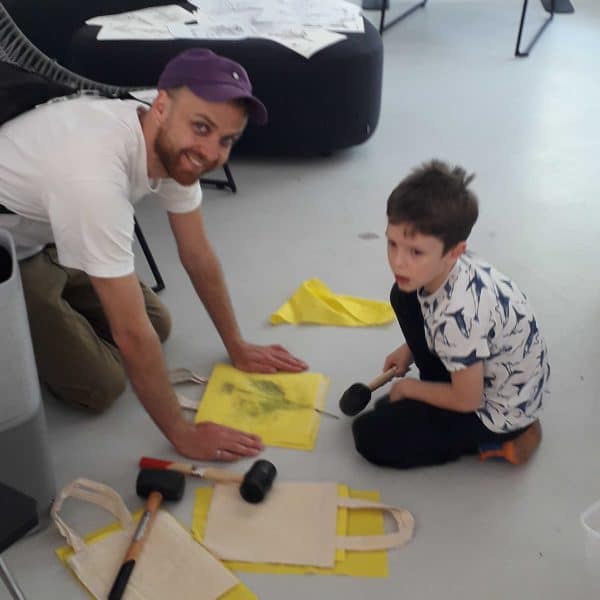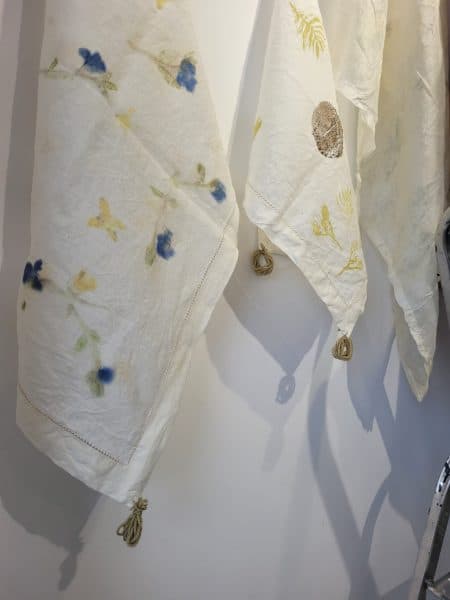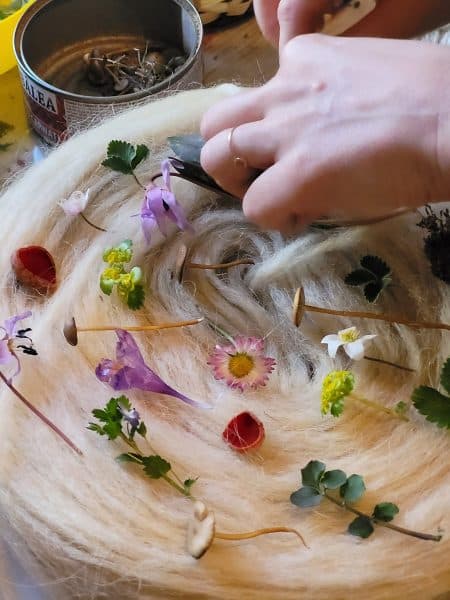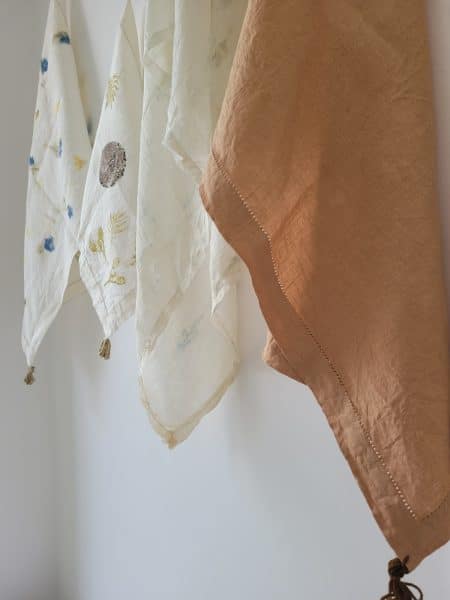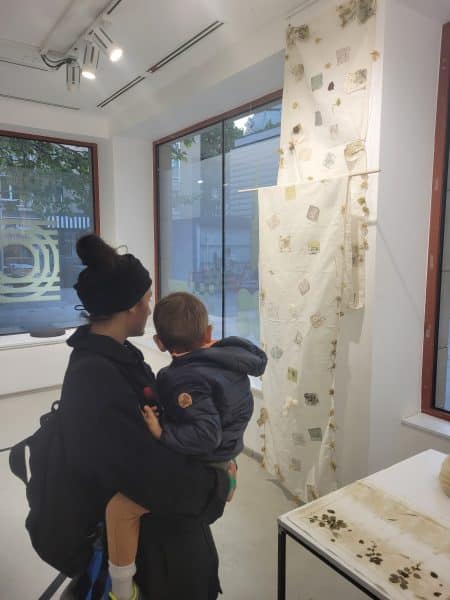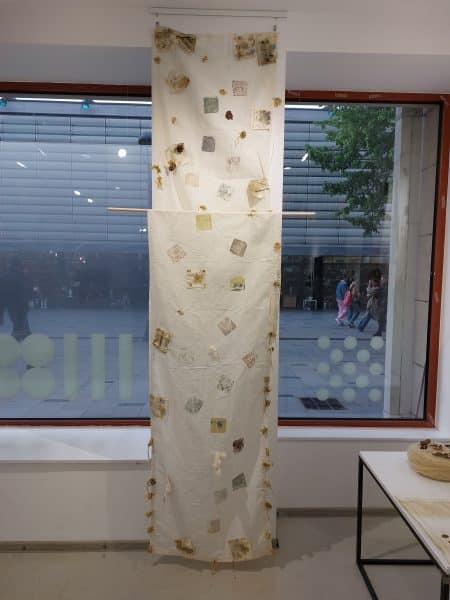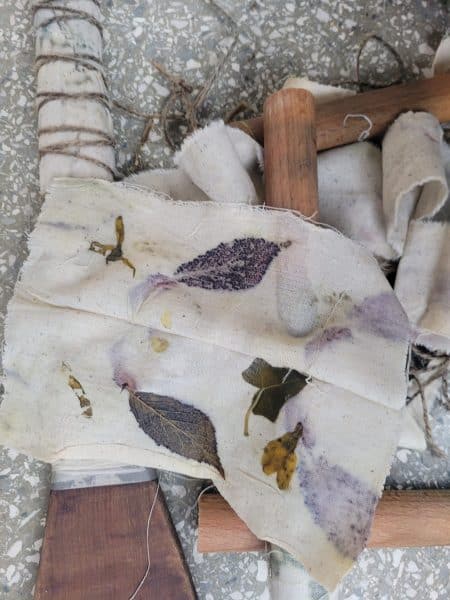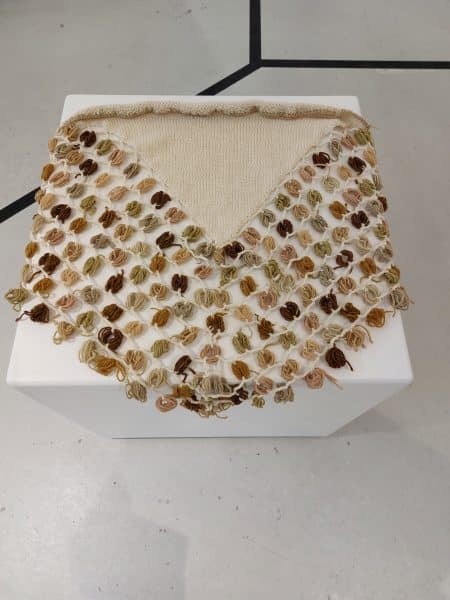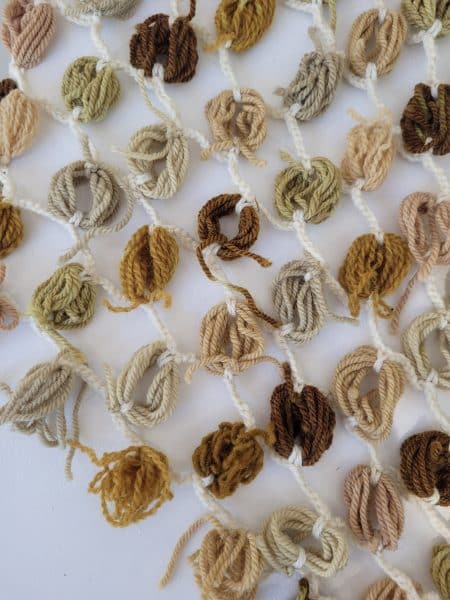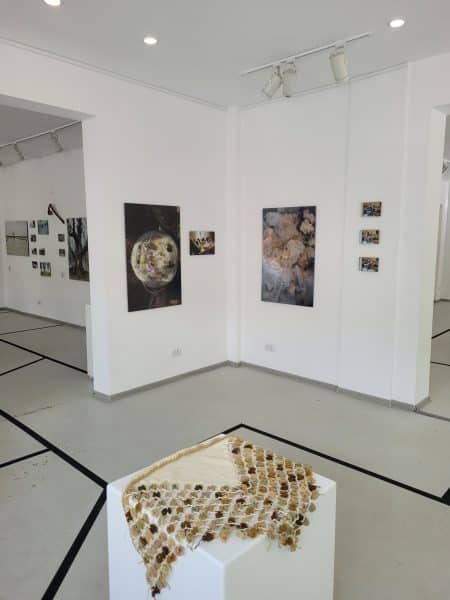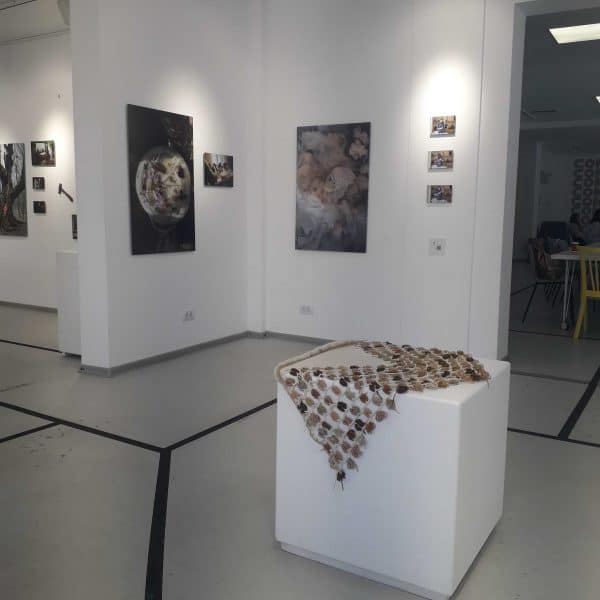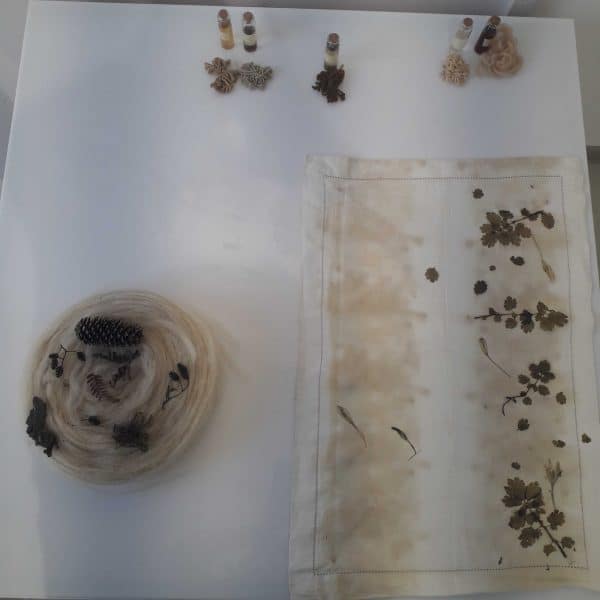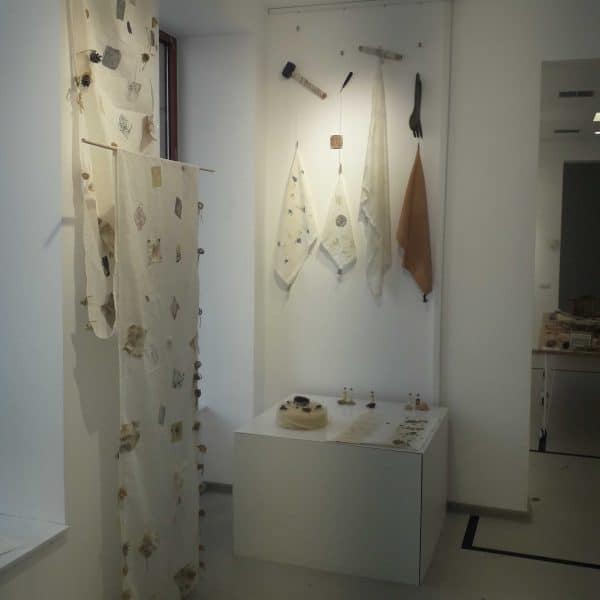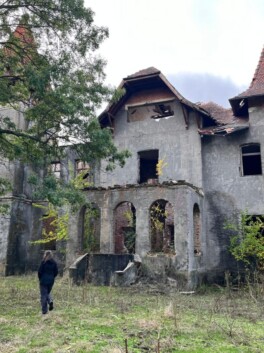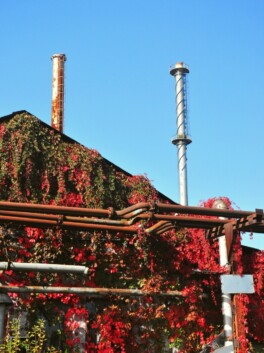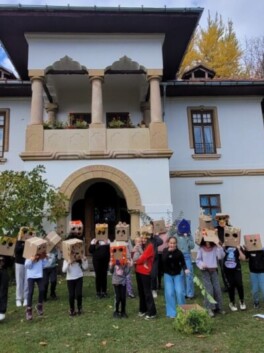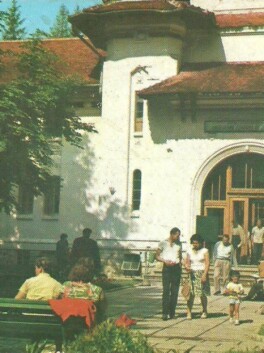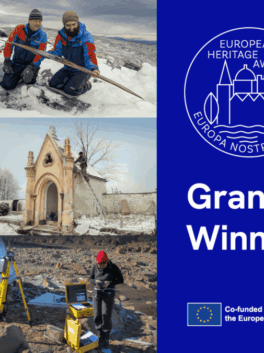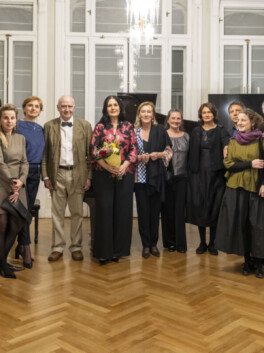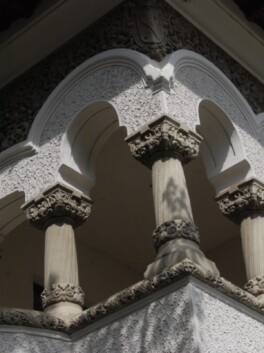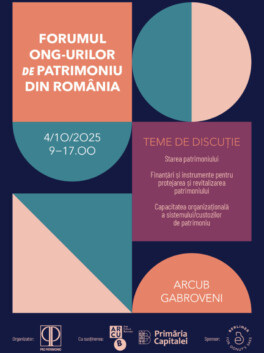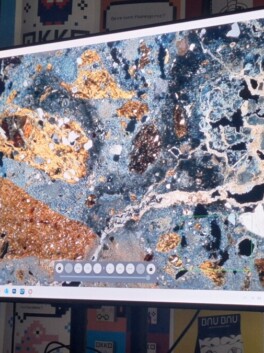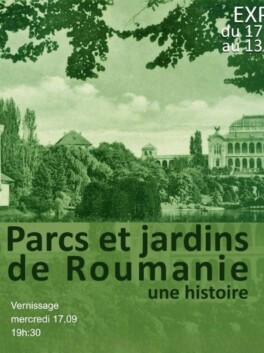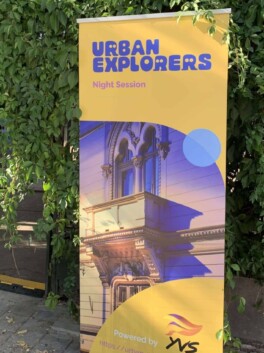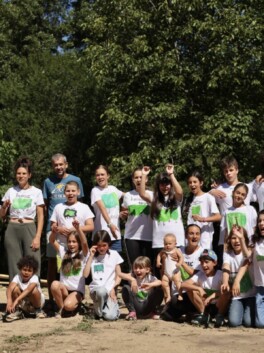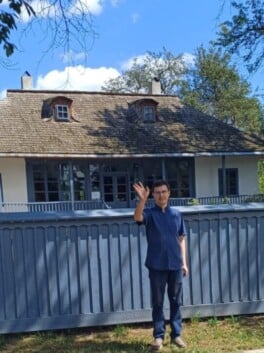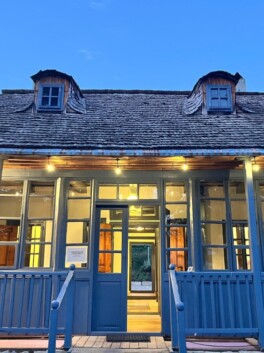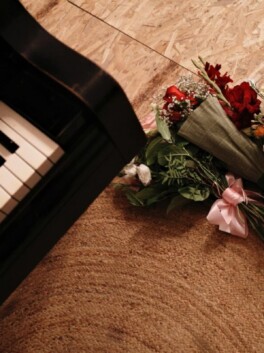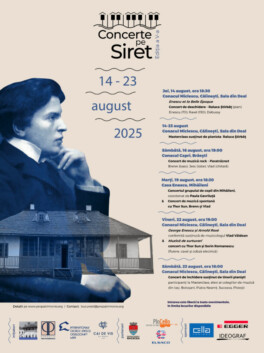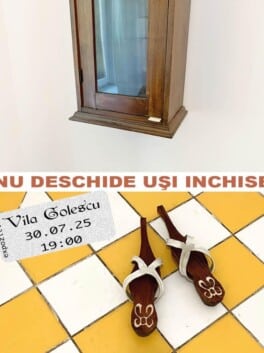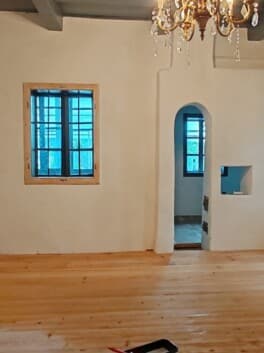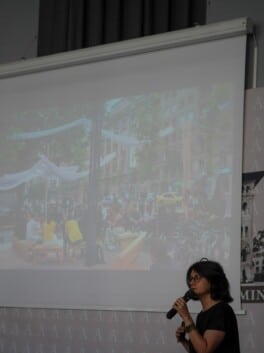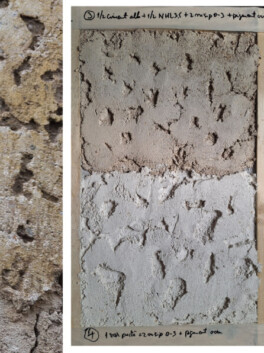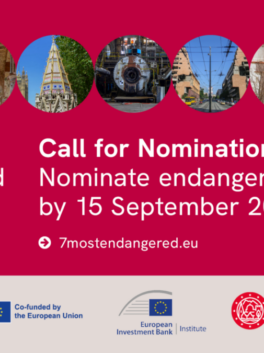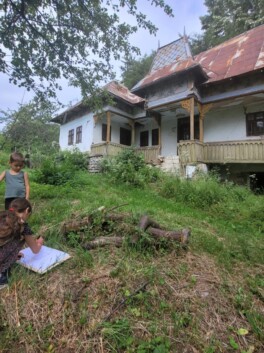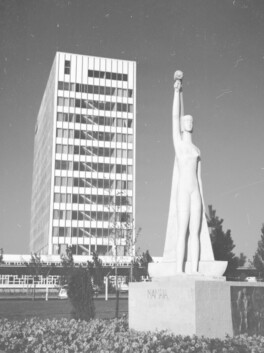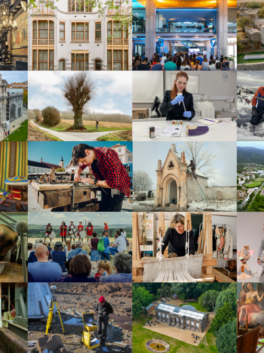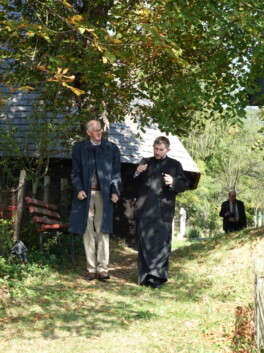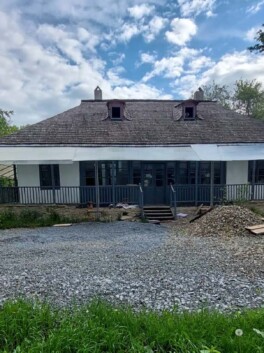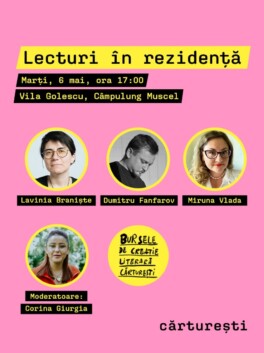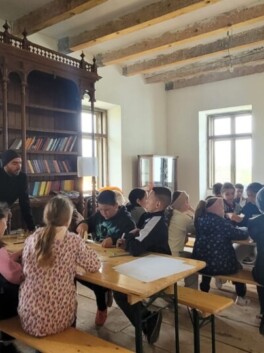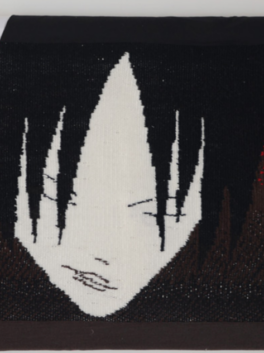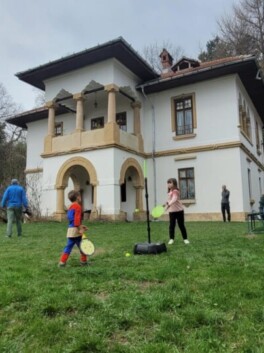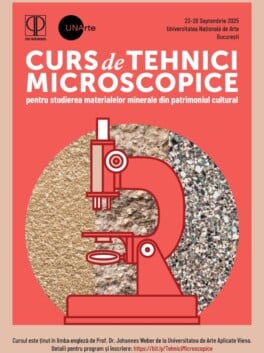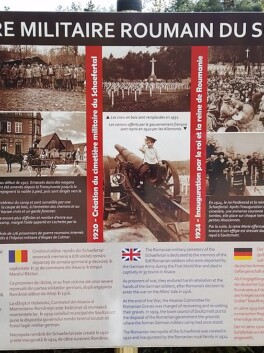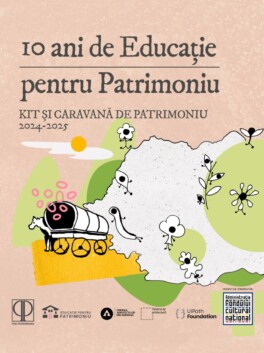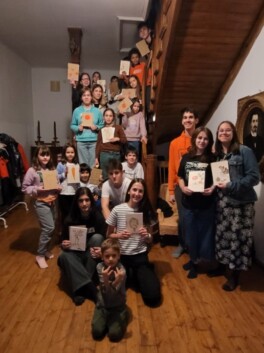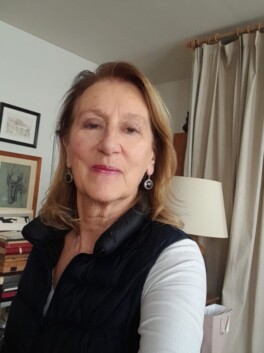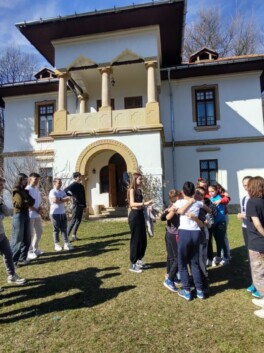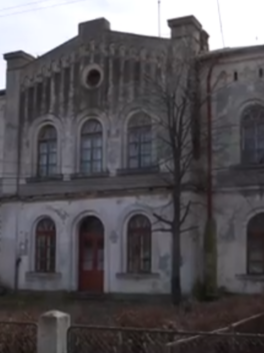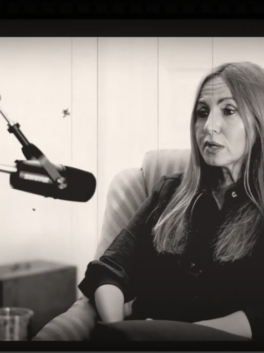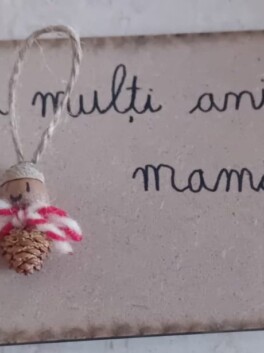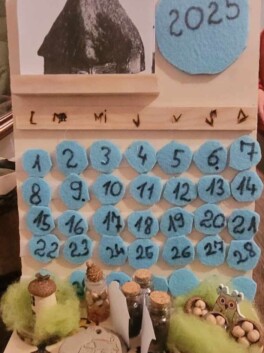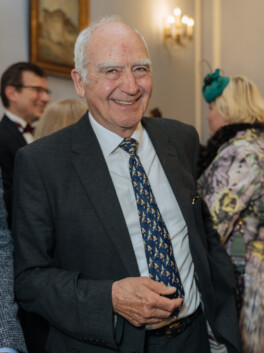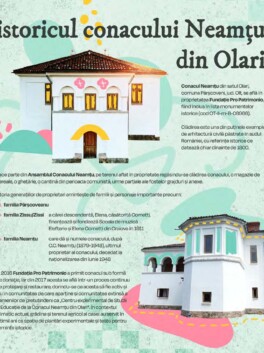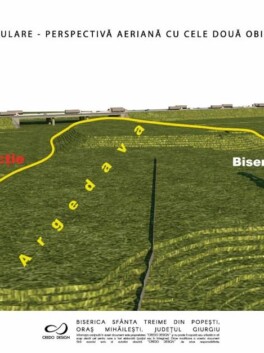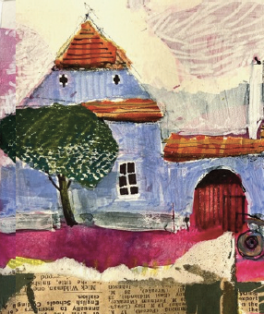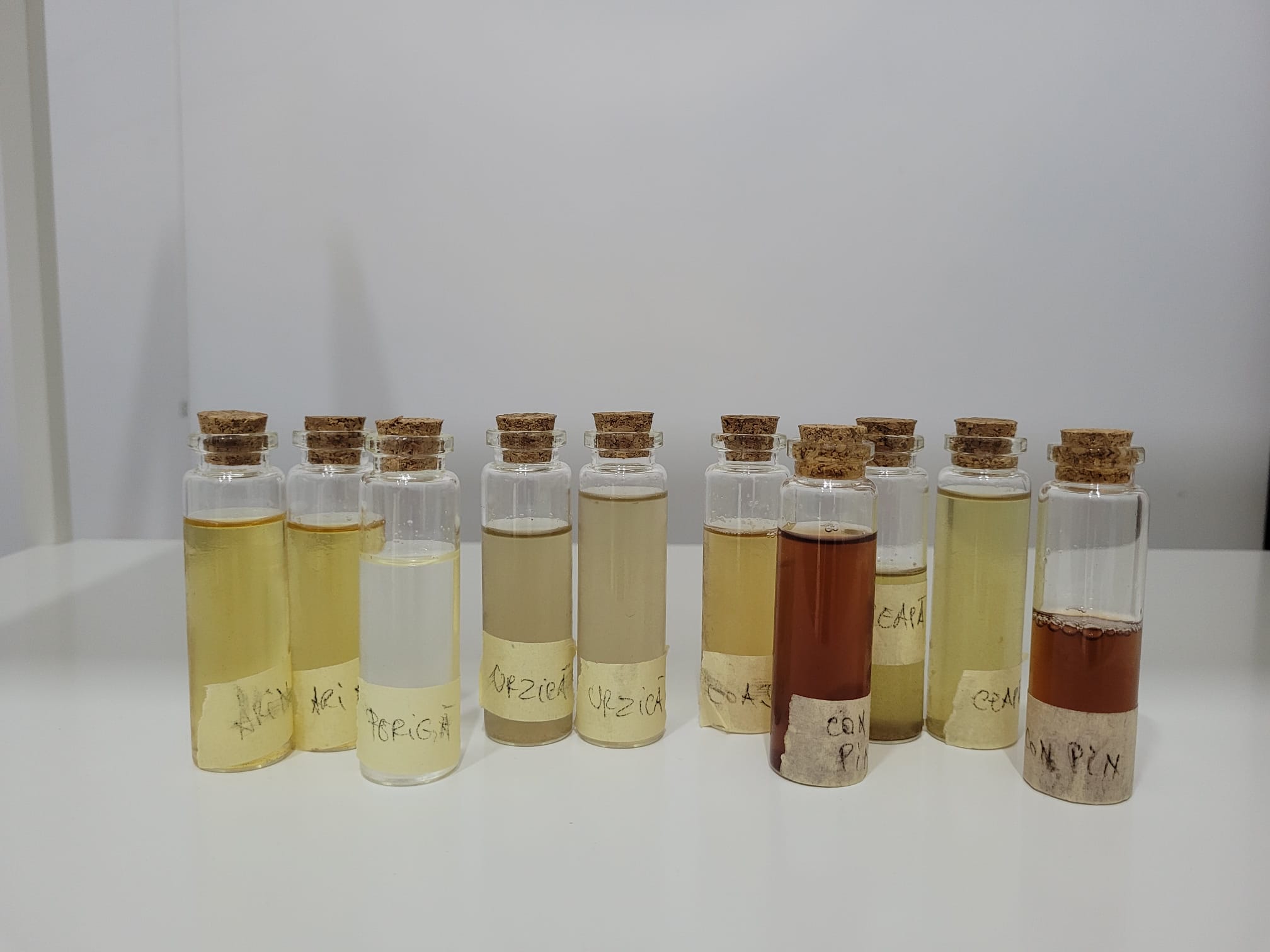
Pro Patrimonio exhibition within Circular Catalysts. Romanian Design Week 2023
Curatorial text for the Pro Patrimonio exhibition within the Circular Catalysts programme, initiated by the British Council Romania and supported by the Romanian Cultural Institute, Romanian Design Week, 12-28 May 2023
Honest Goods, version HG#3. Concept
Modeled after the first series of the Honest Goods design and craft collection in 2016, which was conceived as part of the Pro Patrimonio architecture brand, the current HG#3 collection of objects is rooted in the Circular Catalysts creative residency facilitated by the British Council Romania. It was hosted and inspired by the city of Câmpulung Muscel, Argeș county, its natural surroundings, but especially the exceptional architectural and landscape ensemble – Golescu Villa and Dendrological Park, 1910.
The HG#3 series from 2023 is the result of a structured design process, inspired by the local people and craftsmen, which was undertaken and realized with the help of the artist Anoushka Cole from the UK, the local guide and artist Elena Diță and two designers from Bucharest, Andreea Machidon and Ruxandra Sacaliș.
They explored the hills and gardens of the sub-mountainous area of the Iezer-Păpușa Mountains, harvesting and creatively transforming the fruits of the earth in its first period of rebirth. Shapes, colours and stories of place were subtly inserted as decorative patterns, working techniques and types of objects created. The support of the whole creative experiment was a family of textile elements made of natural materials dedicated to the ritual of dining and dressing. The newly created prototype objects continue the research and probing of the archives, memory and roles attributed by society during Maria Cantili Golescu’s life (1881-1962), the lady of the architectural-landscape ensemble in Câmpulung Muscel.
HG#3. Design process
Here is a huge cotton tablecloth, decorated with plants and textiles printed by hammering, with linocut designs and tassels made of wool boiled in natural pigments, worked on collaboratively by adults (craftsmen, designers, other professions) and especially 25 children from the community of Câmpulung, in a workshop dedicated to cultural heritage education.
Next up is a contemporary fashionable shawl, modelled by the hands of a local craftswoman and inspired by the interests, archive and lifestyle led by Maria Cantili Golescu at Villa Golescu at the turn of the last century.
At the end, you can enjoy a collection of natural materials (wool) associated with delicate textiles (silk, linen, hemp, cotton), the support of all the experiments in the creative residency: a collection of small tablecloths and linen towels, an extension of the series of kitchen objects inspired by the way Maria Cantili Golescu lived in her domestic space.
The creative process began with an immersion in the specifics of the place. The team walked the hills of Lerești and the floors of the dendrological park pertaining to the Golescu Villa, collecting the seasonal plants and flowers that nature could offer in spring in a high area. It took a walk through the town of Câmpulung and opened the doors of museums, places of worship and historic houses. It gathered stories from the locals and visually memorized working techniques, materials and valuable elements specific to the area from the lady weaver, Marieia Plopeanu, and from one of the last wool artisans in the country, Emilian Catrinescu.
*******
All of the above were watched, documented and recorded by Mirela Duculescu, design historian, together with her friends and long-time colleagues, designers Andreea Machidon and Ruxandra Sacaliș.
*******
Programme
Bucharest: 12-28 May 2023 | Piața Amzei 13 – Romanian Design Week Creative Corner | Daily 10.00-20.00
Activities and workshops
12/05 Launch of RDW Talks Podcast with Annemarie O’Sullivan (Studio AMOS) and Cristiana Tăutu (Head of Arts, British Council Romania)
18/05 10.00-18.00 | Quiet Day – Accessible Guided Tours (Superheroes Among Us)
18.00-21.00 | Inclusion through ceramics workshop (AMAIS and Studio mud.)
19/05 Launch of RDW Talks Podcast with Anoushka Cole
21/05 Intergenerational workshops on textile printing with plants by Pro Patrimonio
22/05 Launch of RDW Talks Podcast with Lola Lely
26/05 Author Presentation – Francesca Sarti (Arabeschi di Latte)
Details about the entire Circular Catalysts programme facilitated by the British Council Romania here
Other events in the project:
Rezidenţă Circular Catalysts la Vila Golescu
Pro Patrimonio exhibition within Circular Catalysts. Romanian Design Week 2023
Circular Catalysts – Residency Journal

